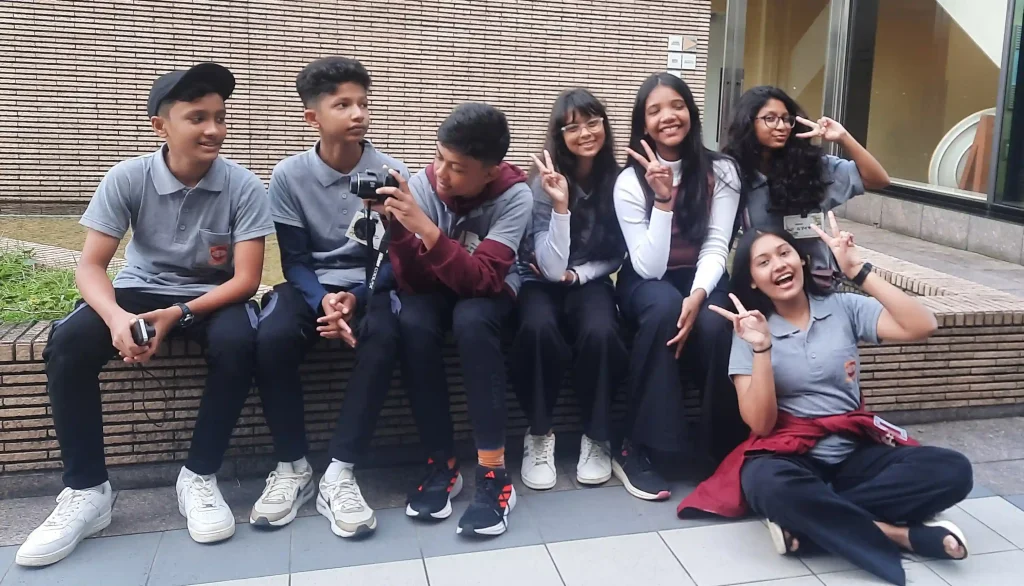
Japan the country of sushi, samurais, anime, and technology.
The exchange program was a selection process at first, where 20 students competed in a friendly competition to reach Japan, where I was one of the lucky 10 students. The wait felt like forever, but it was worth it when I found out my friends Swastika, Rumaisa, Faraza, Sariba, Alvi, Towhid, Adyan, and Simrin were going with me. We left the country with hearts brimming with excitement and anticipation for the journey ahead. Though a long day of walking, waiting, and endless paperwork had exhausted us, a wave of relief swept over us the moment we boarded the flight. As the bustle of the airport faded into the background, we finally relaxed, eagerly looking forward to our time in Japan.
The same day
October 24th, the day of my school’s science fair (thankfully, it was in the morning, so I could still participate) and the big annual football tournament, which sadly, my team missed.
SKYTREE
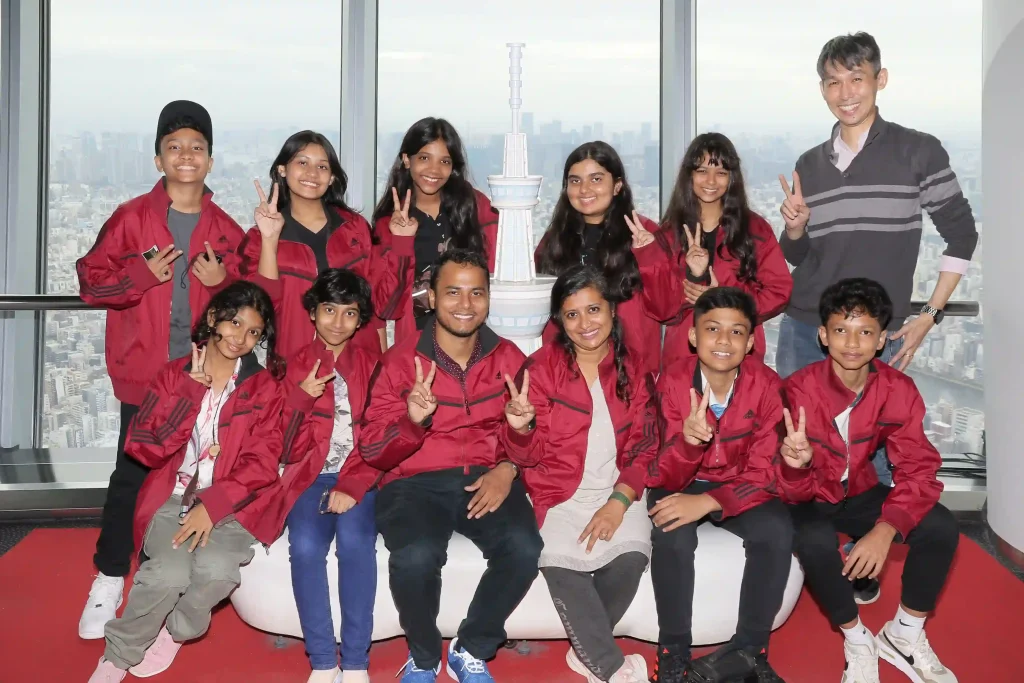
After a sleepless night, we made our way to Tokyo. Our first stop was the Tokyo Sky-tree.
The tower was huge! in fact its the third tallest structure in the world, approximately 2,080 ft in height
HOST FAMILIES
A SPECIAL THANKS!
Our host families, were the ones that took care of us, spent time with us and so much more; words cannot explain how grateful we are to them!
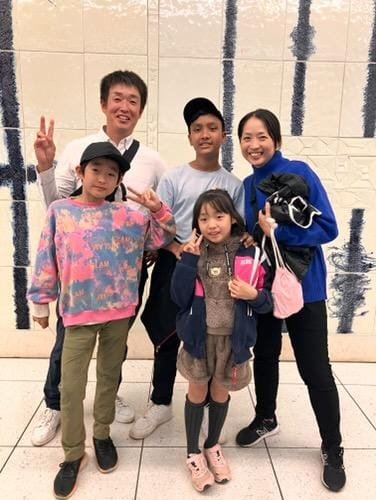
Towhid’s host family
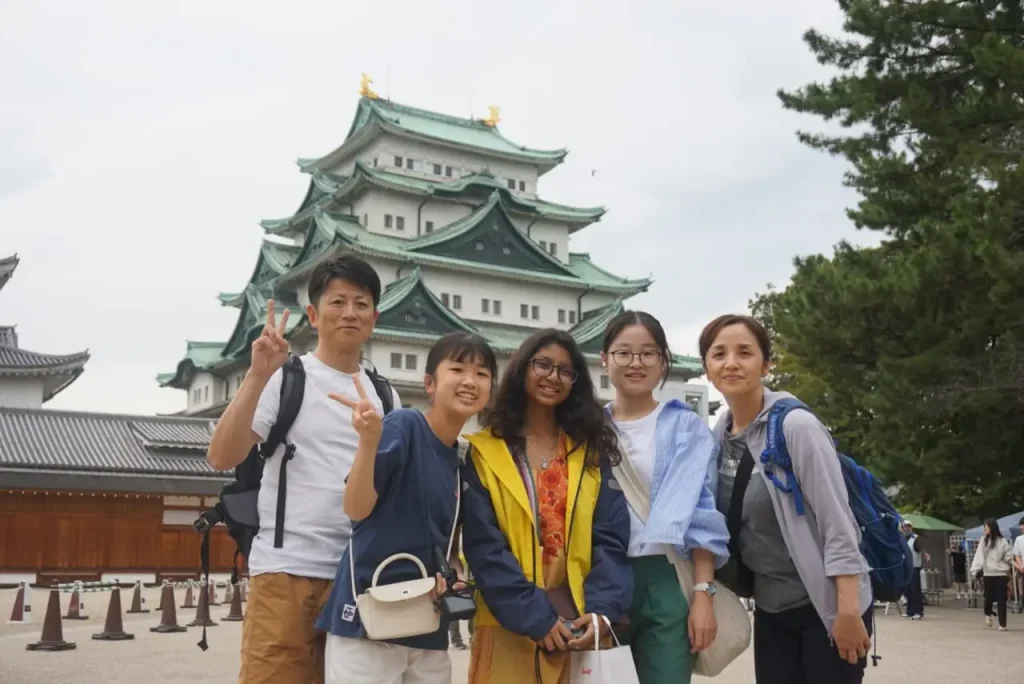
Rumaisa’s host family
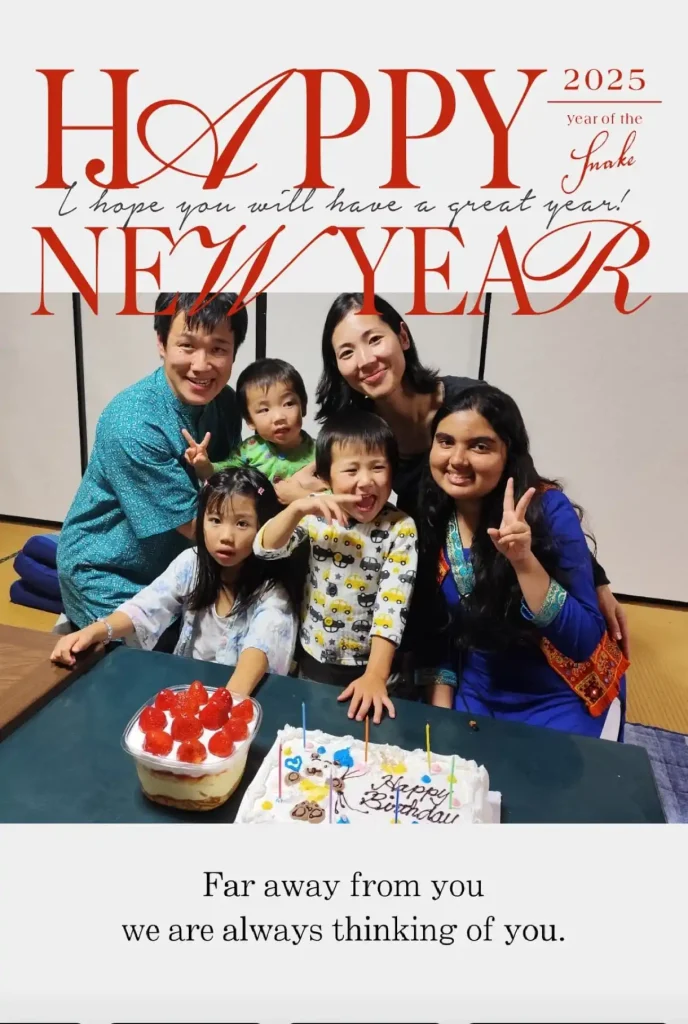
Simrin’s host family.
made an unbreakable
bonding with my host
parents . I miss them.
-Simrin
KENDO AND KARATE
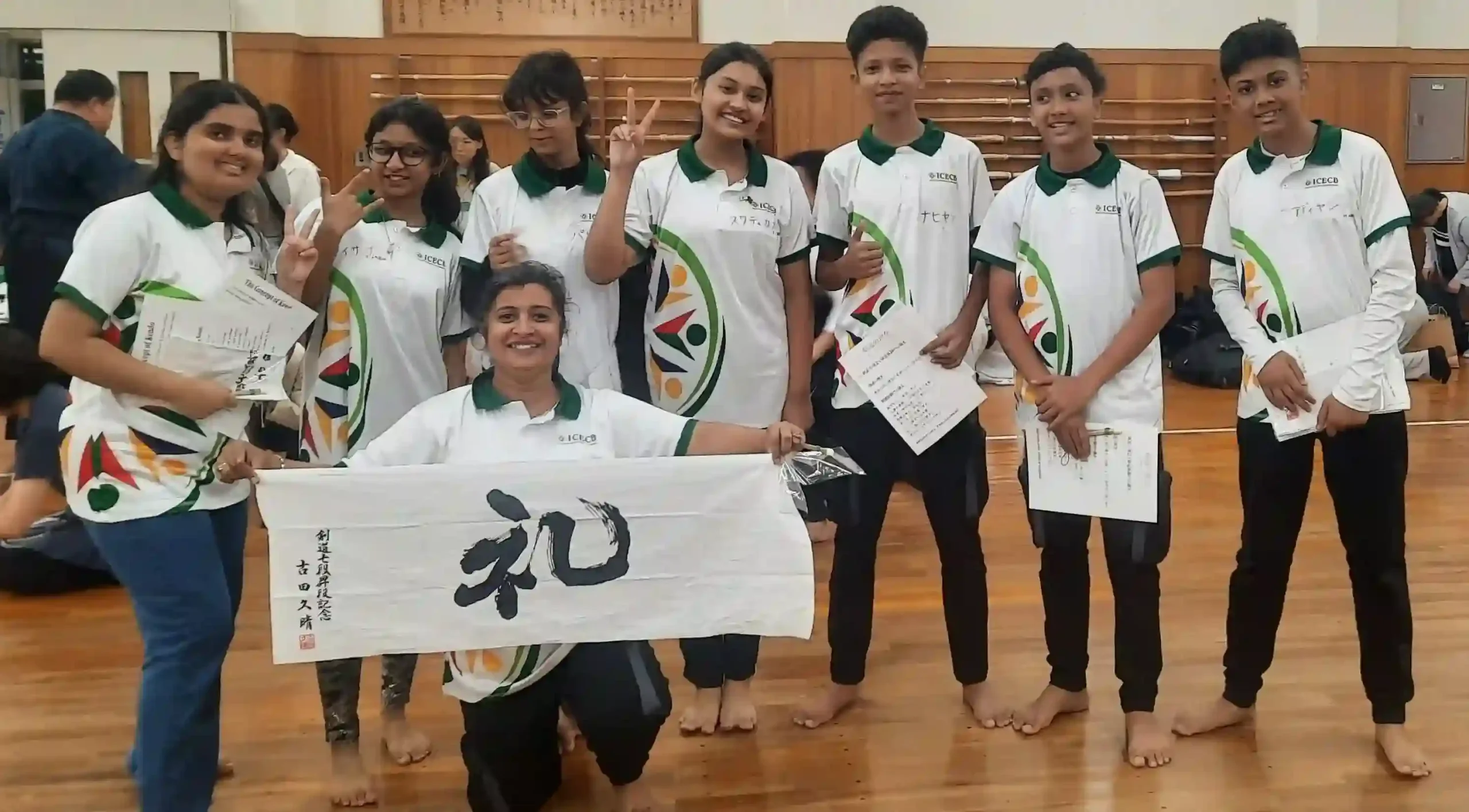
KENDO
THE ART OF THE KATANA
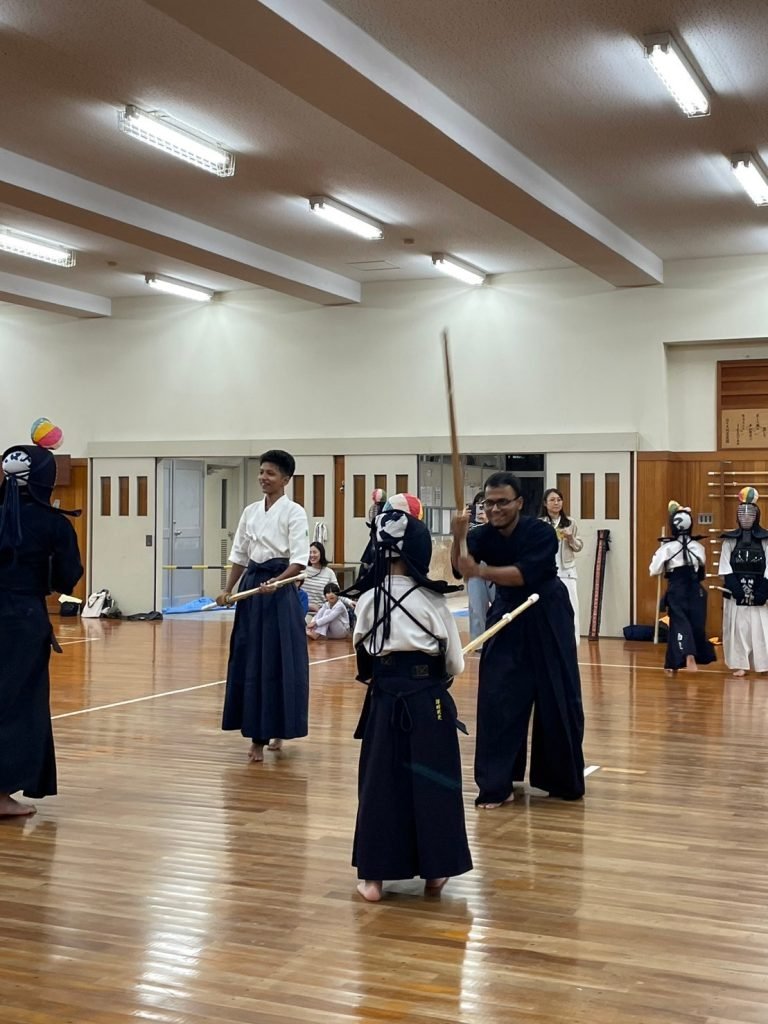
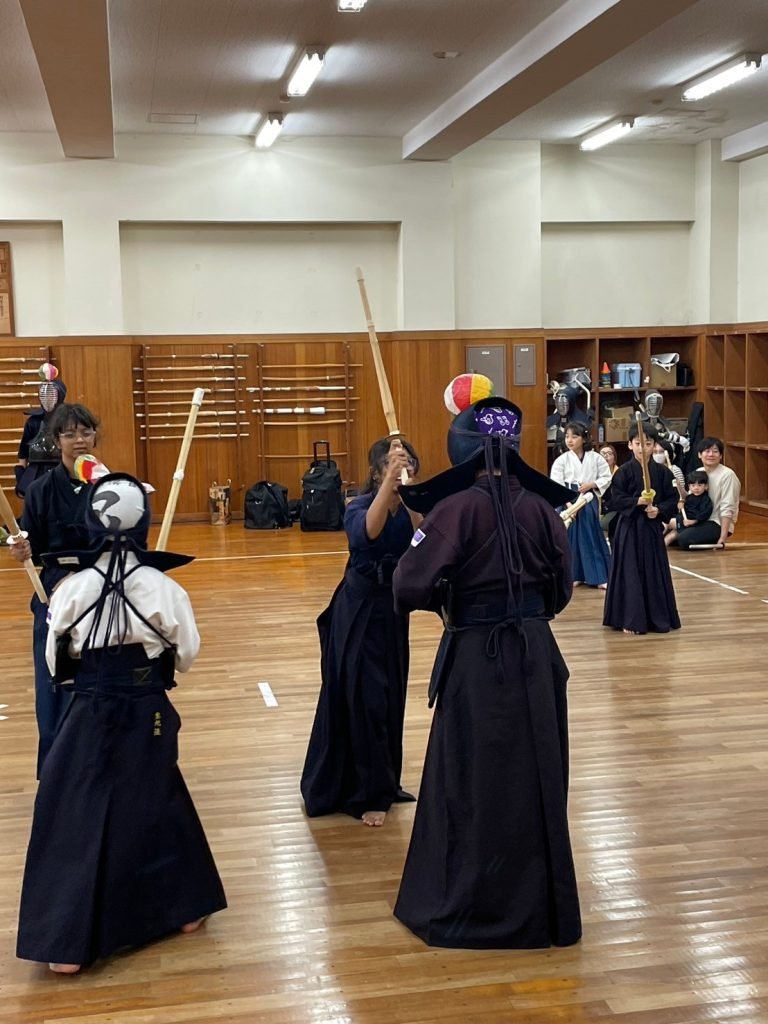

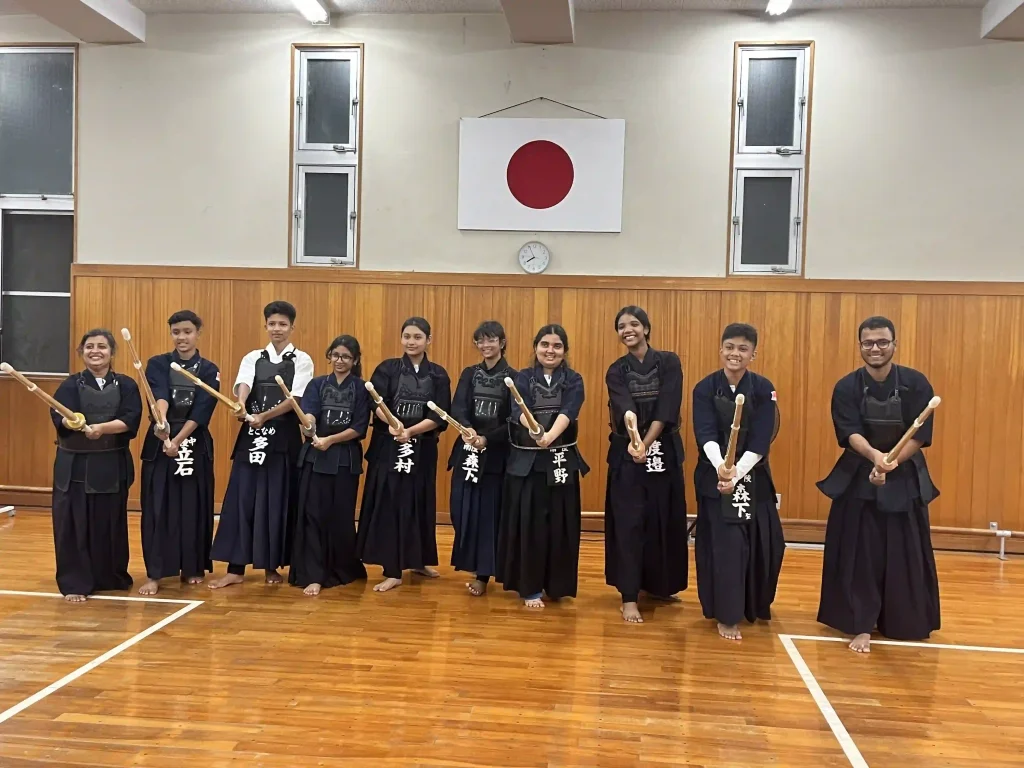
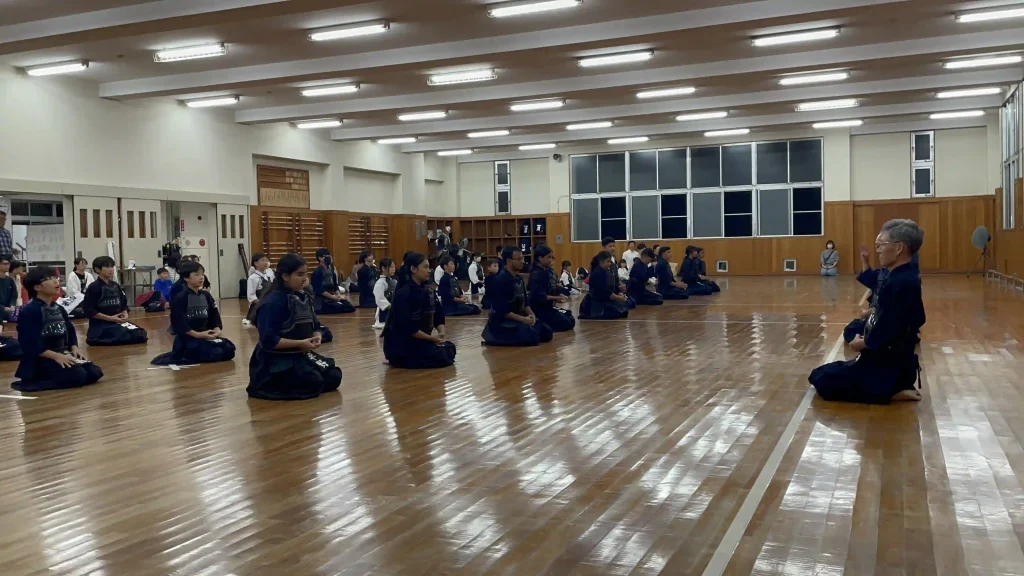
We received a hard paper with kendo rules and meaning.
- The ultimate objective of kendo is to internalize challenges.
- This is the essence of kendo. Conquering the ego produces Mushin
- In the quiet moments between training, a martial artist finds clarity and wisdom
- Kendo is of the mind, to channel and focus your inner energy.
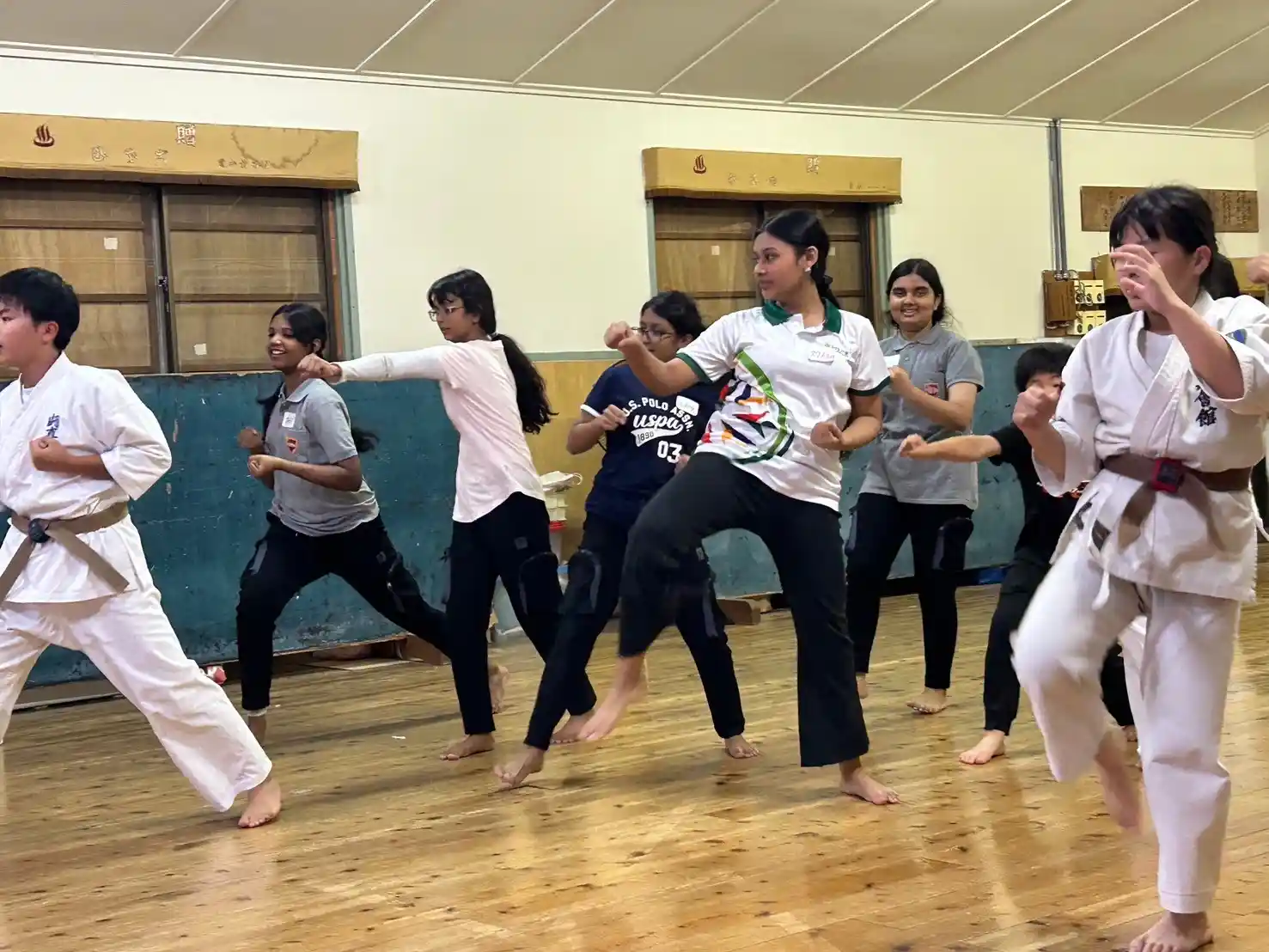
KARATE
Japanese martial art
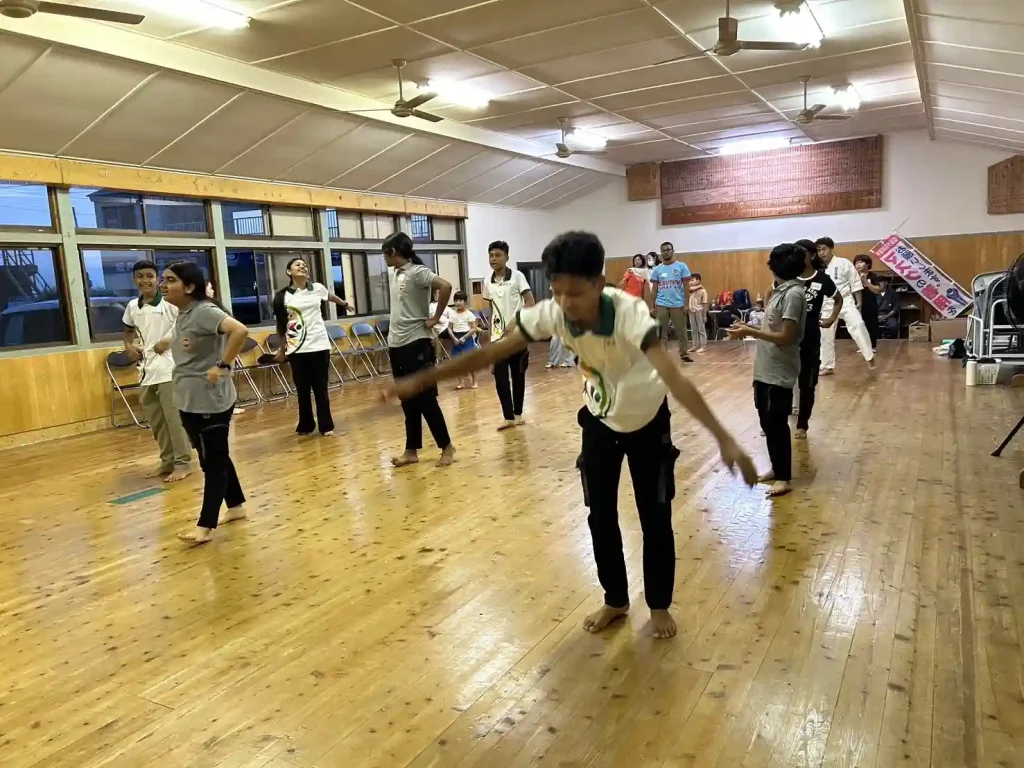
Karate was an experience were we participated in Japanese martial art! We did kicks, throw punches, activities and of course, taking pictures!

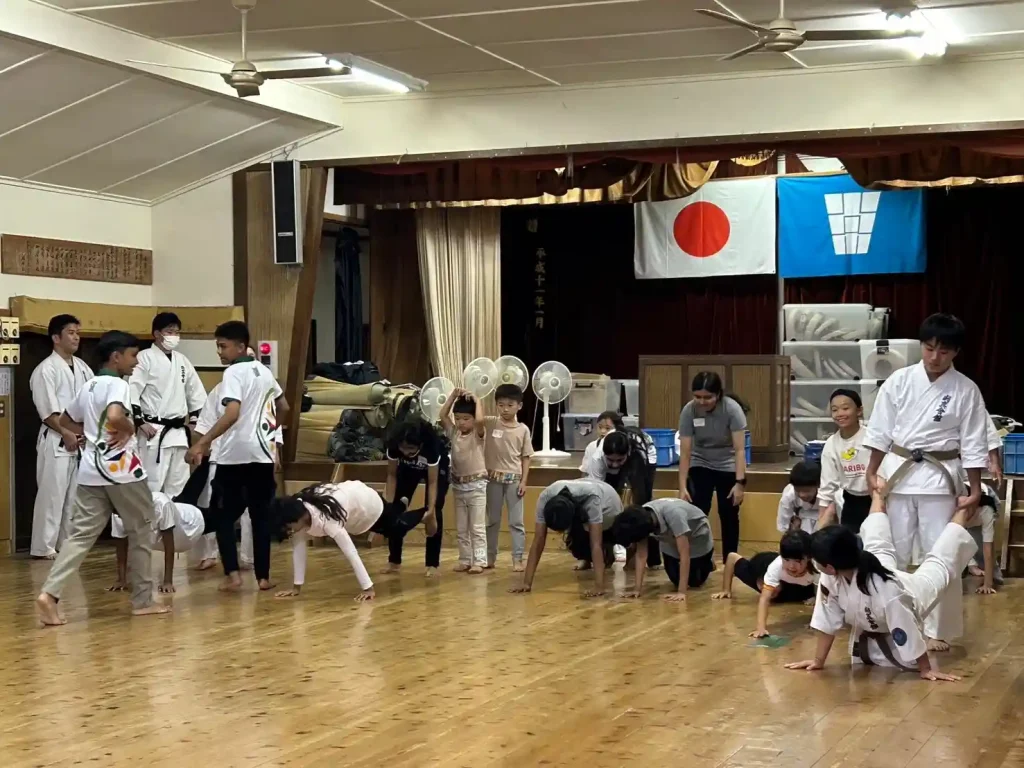

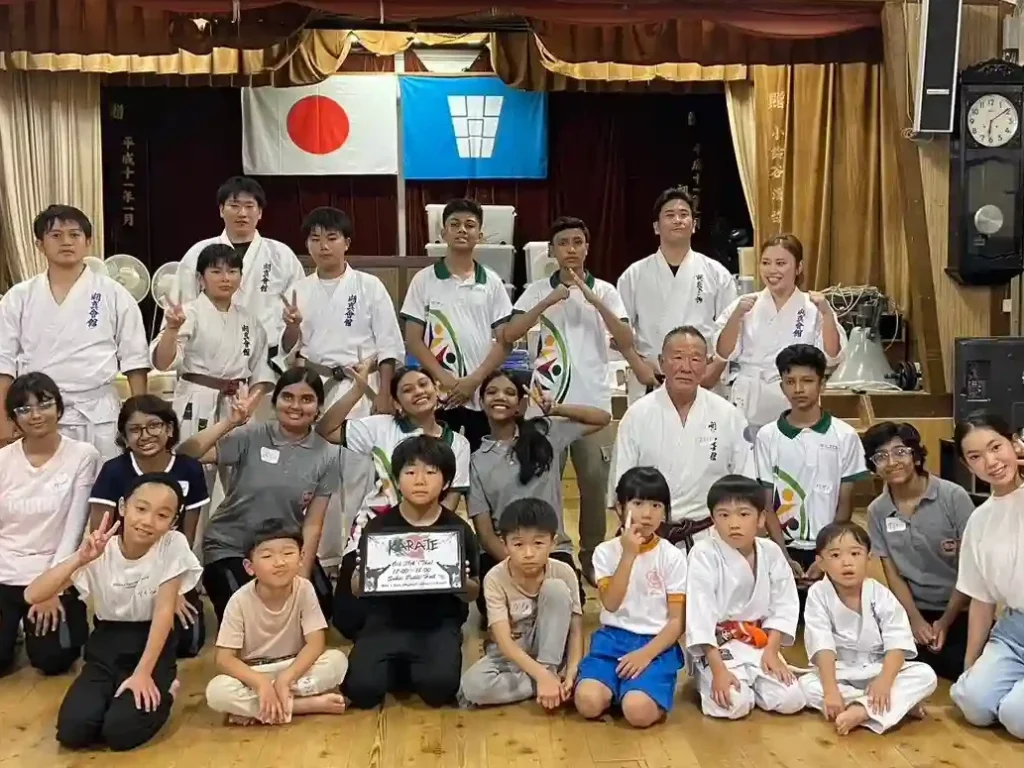
INAX LIVE MUSEUM
INAX Live Museum is a fascinating cultural and industrial museum in Tokoname, Japan, dedicated to the history, craftsmanship, and innovation of ceramics, particularly tiles and architectural materials. Operated by LIXIL, the museum showcases traditional Japanese tile-making techniques, clay craftsmanship, and even exhibits artistic and historical ceramic pieces.

One of its highlights is the Kiln Plaza, where visitors can see a restored climbing kiln, used in the past for mass ceramic production. Other sections, like the Tile Museum, display stunning tile designs from Japan and around the world. Visitors can also participate in hands-on workshops to experience the art of ceramic-making firsthand.
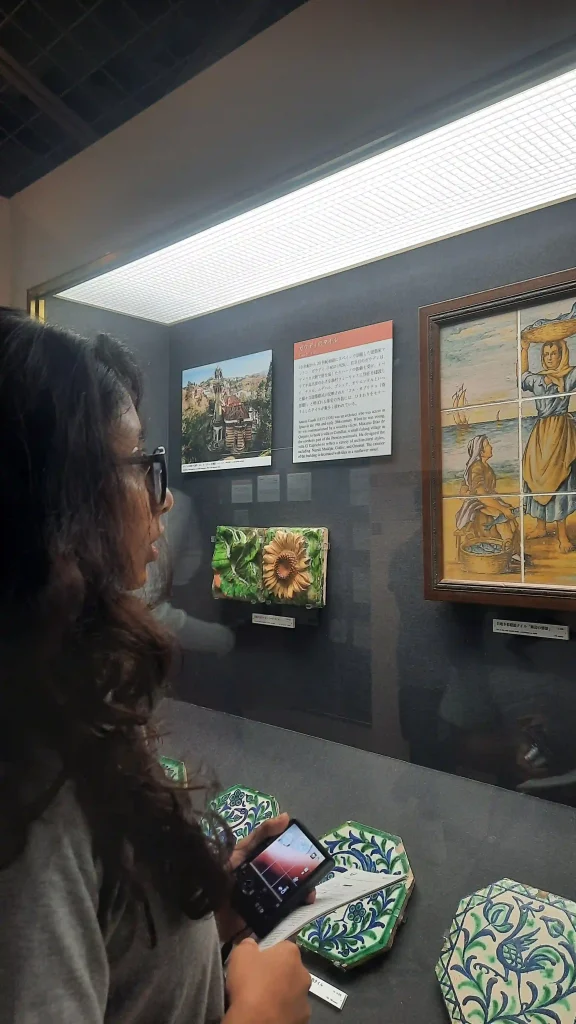
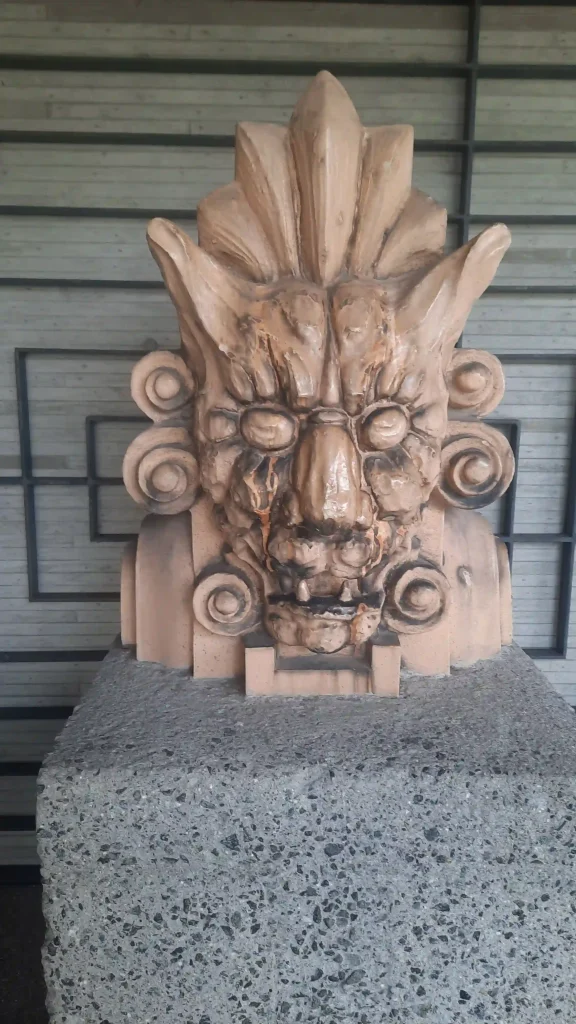
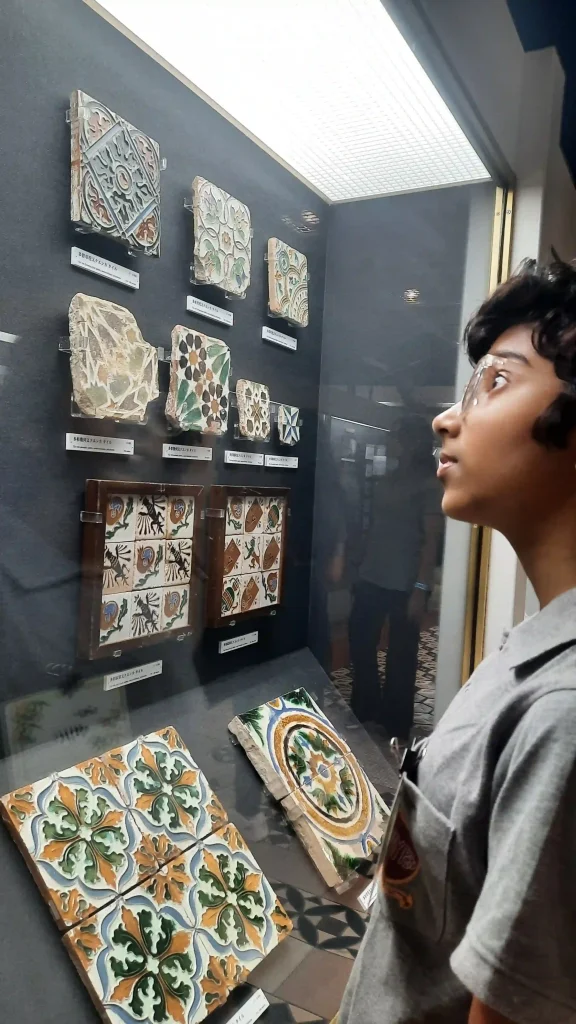
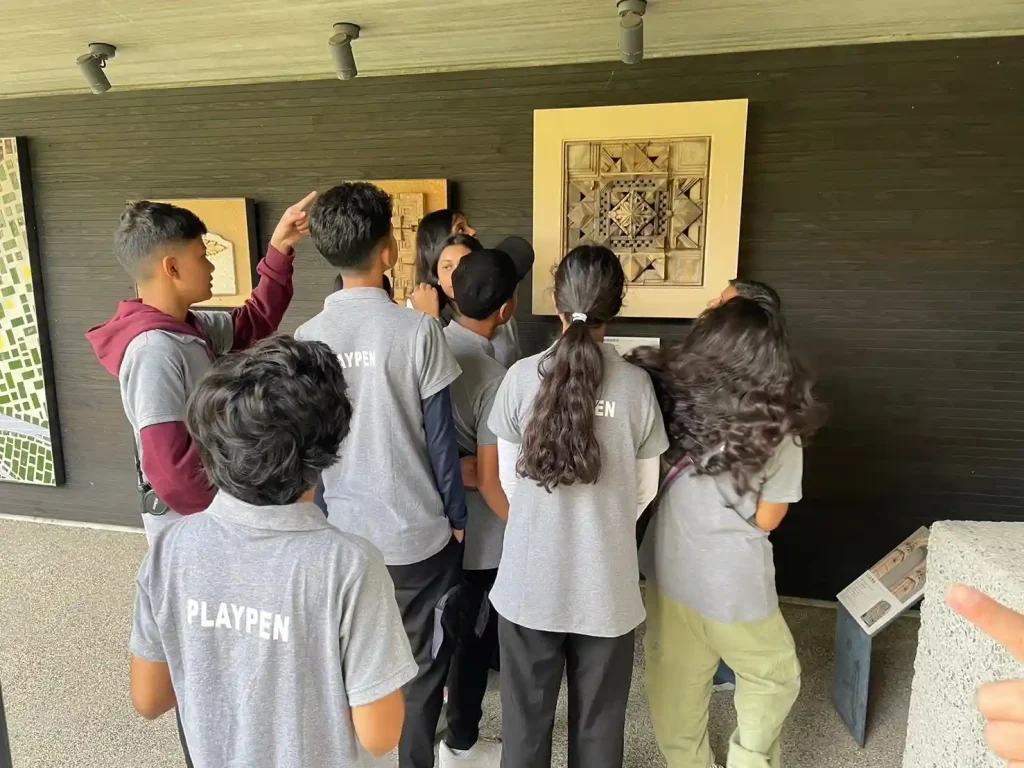

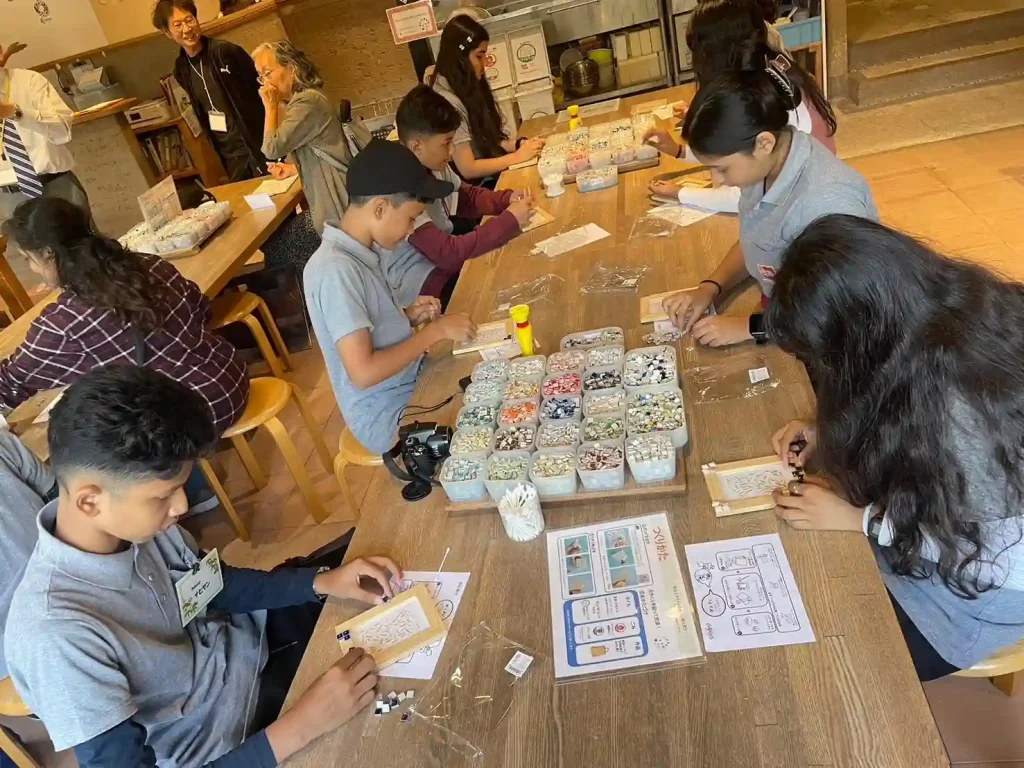
Visitors can even participate in tile-making workshops, where they learn firsthand how artisans craft tiles using traditional methods. These workshops showcase how skilled artisans manually press clay into molds, apply intricate glazes, and fire the tiles at high temperatures to achieve their final form.
The museum also celebrates modern tile innovation, showing how traditional methods influence contemporary architectural design. It’s a great place for tile enthusiasts, designers, and history lovers alike!

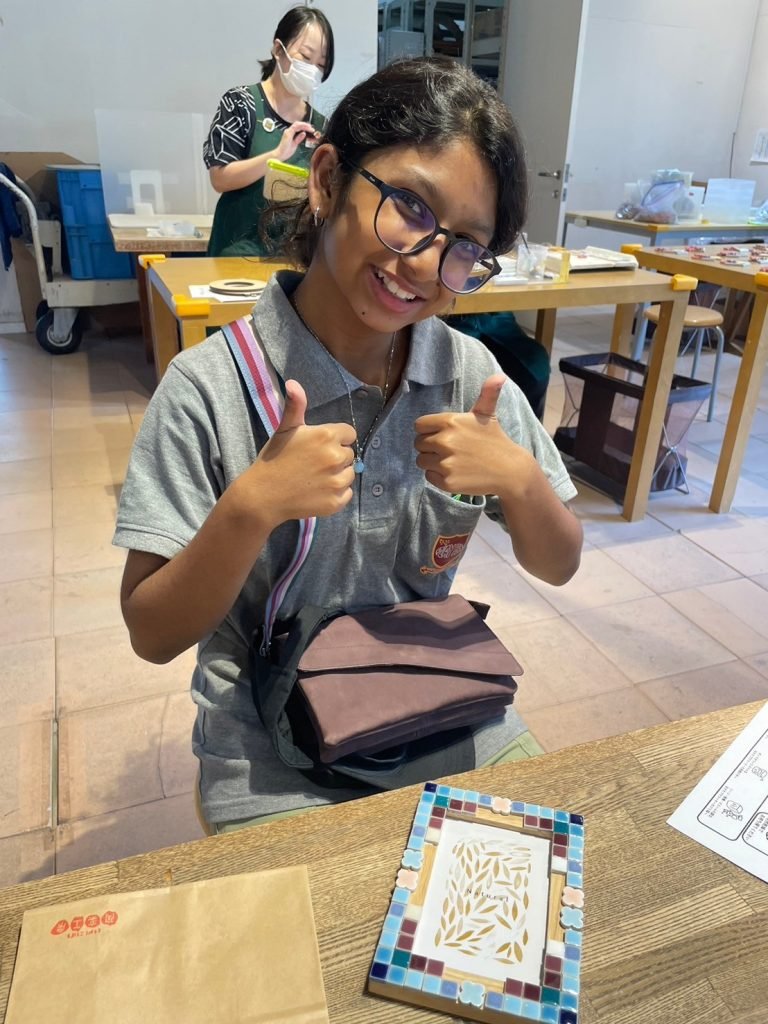
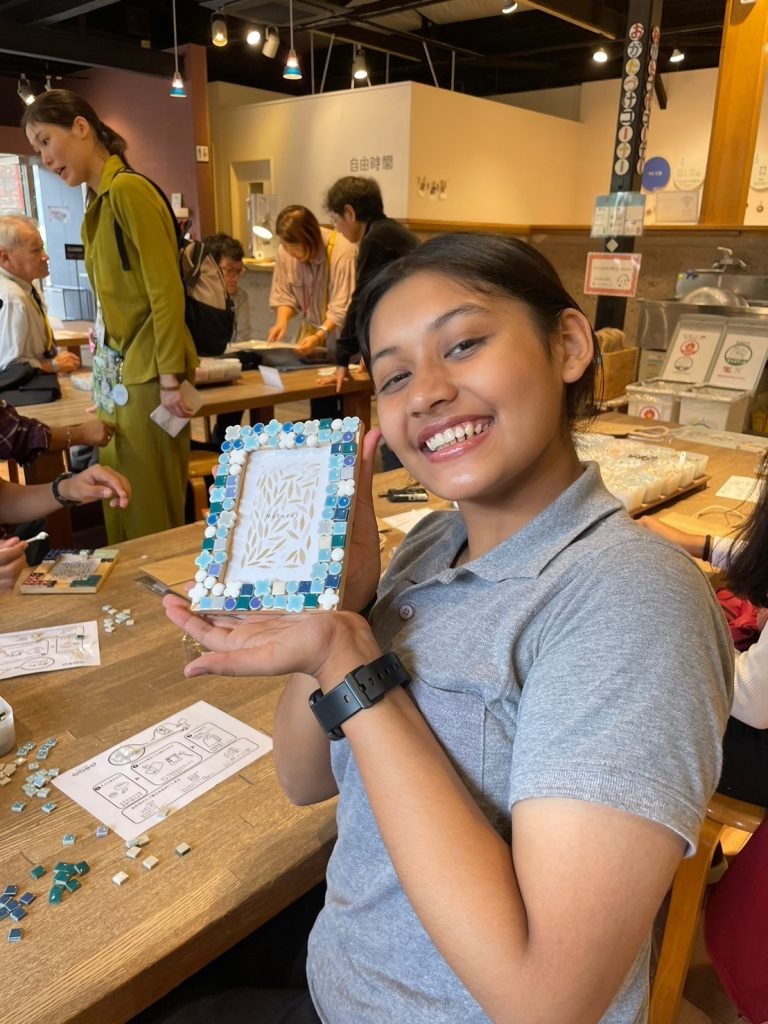

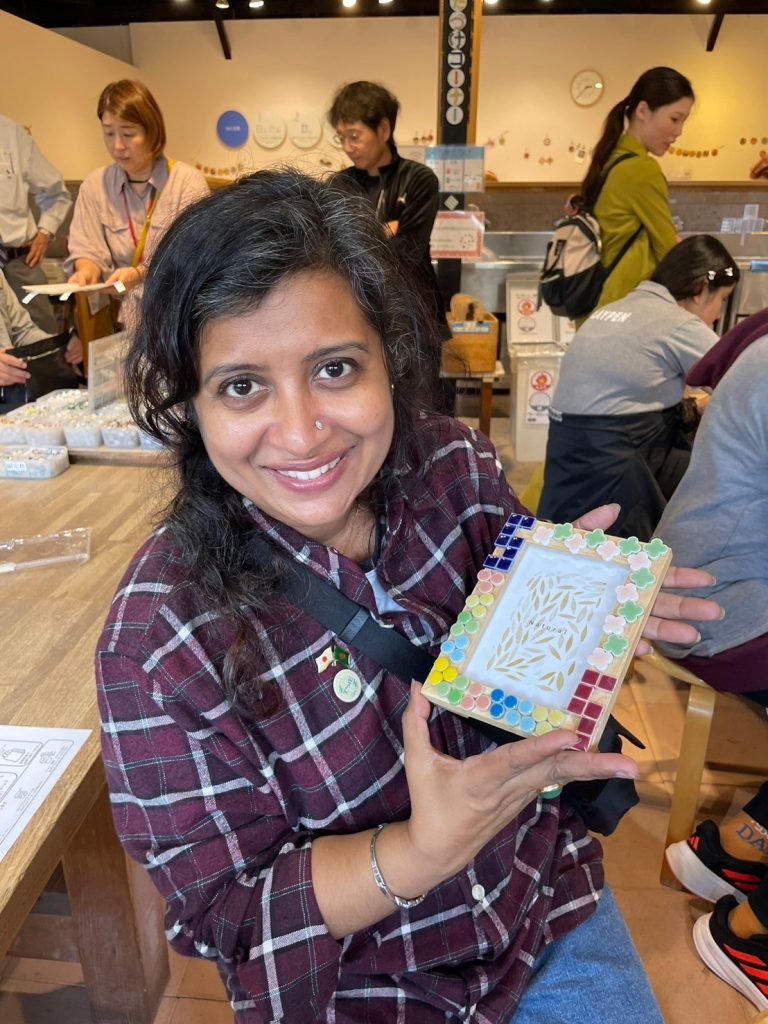
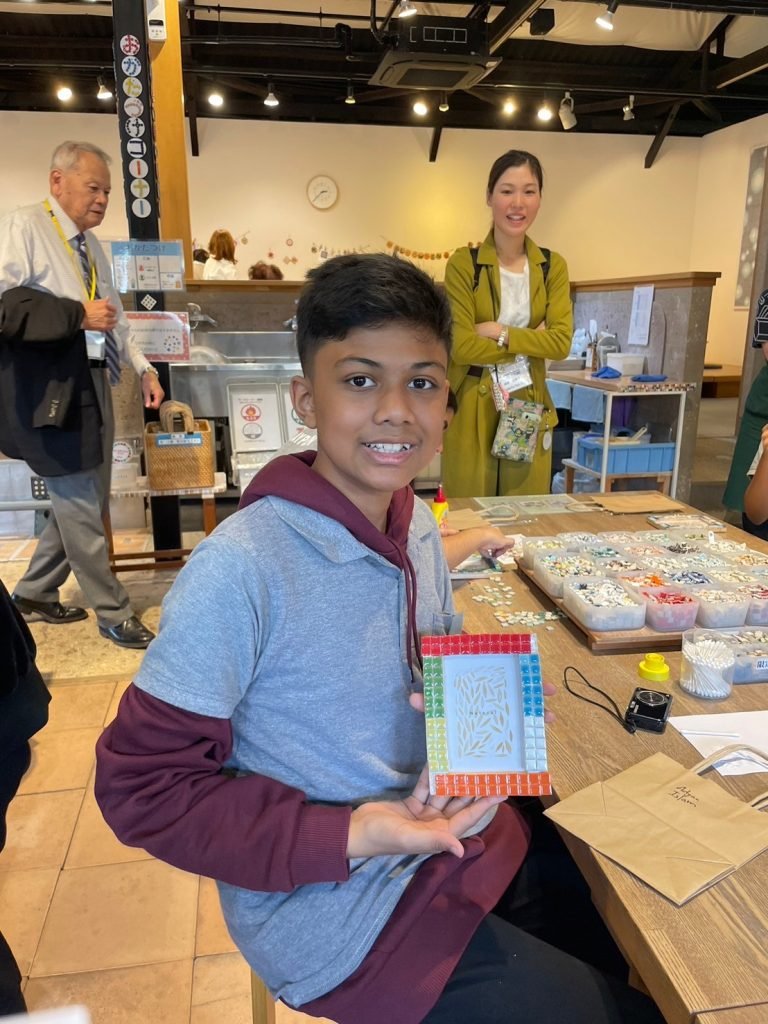
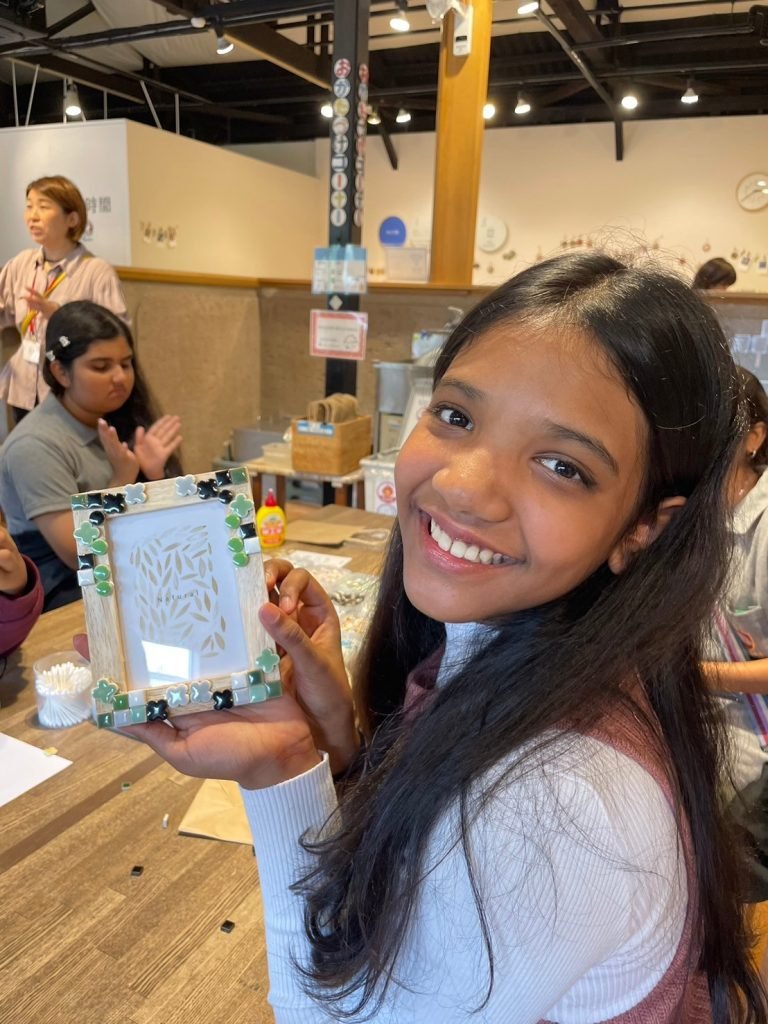
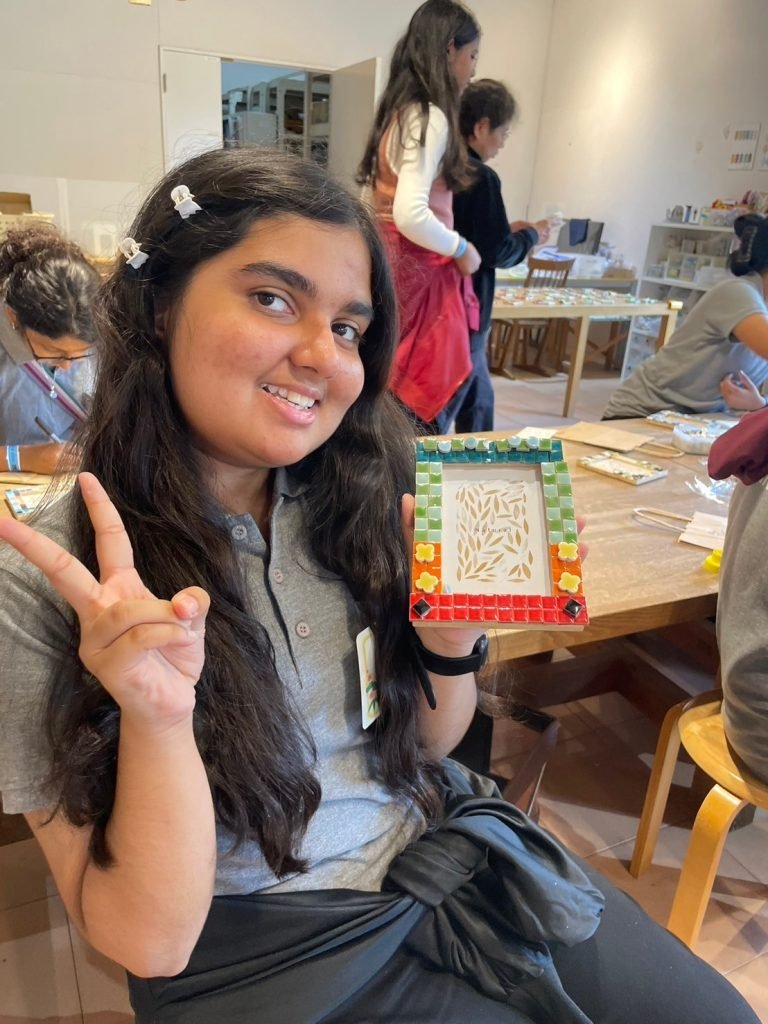
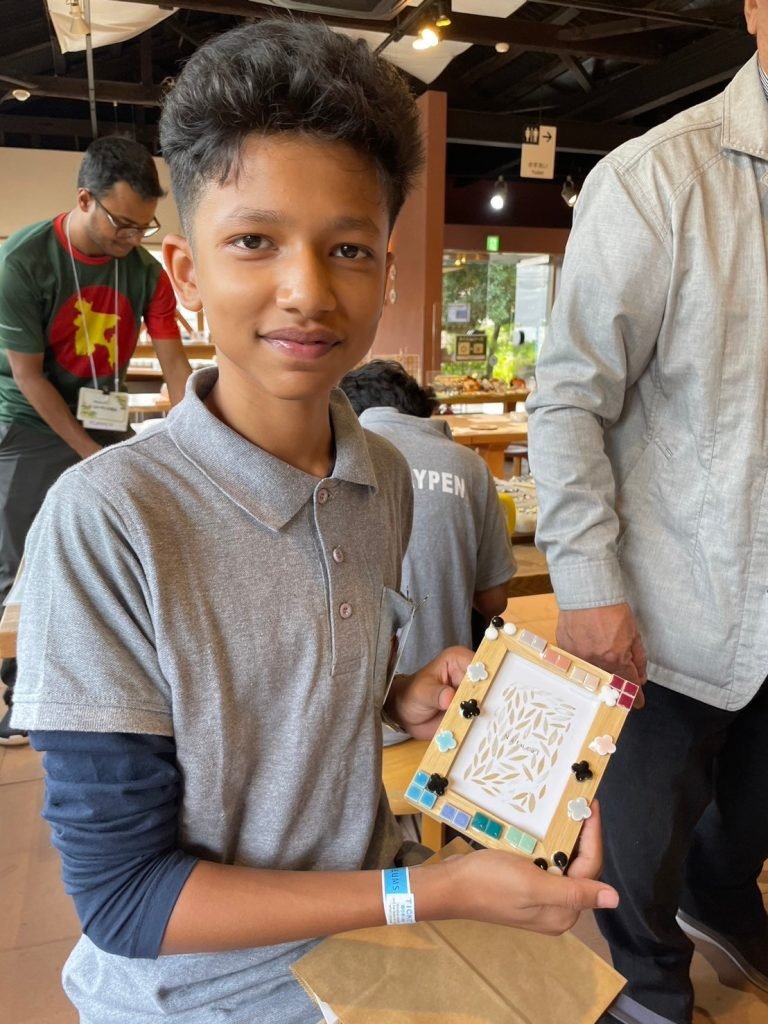
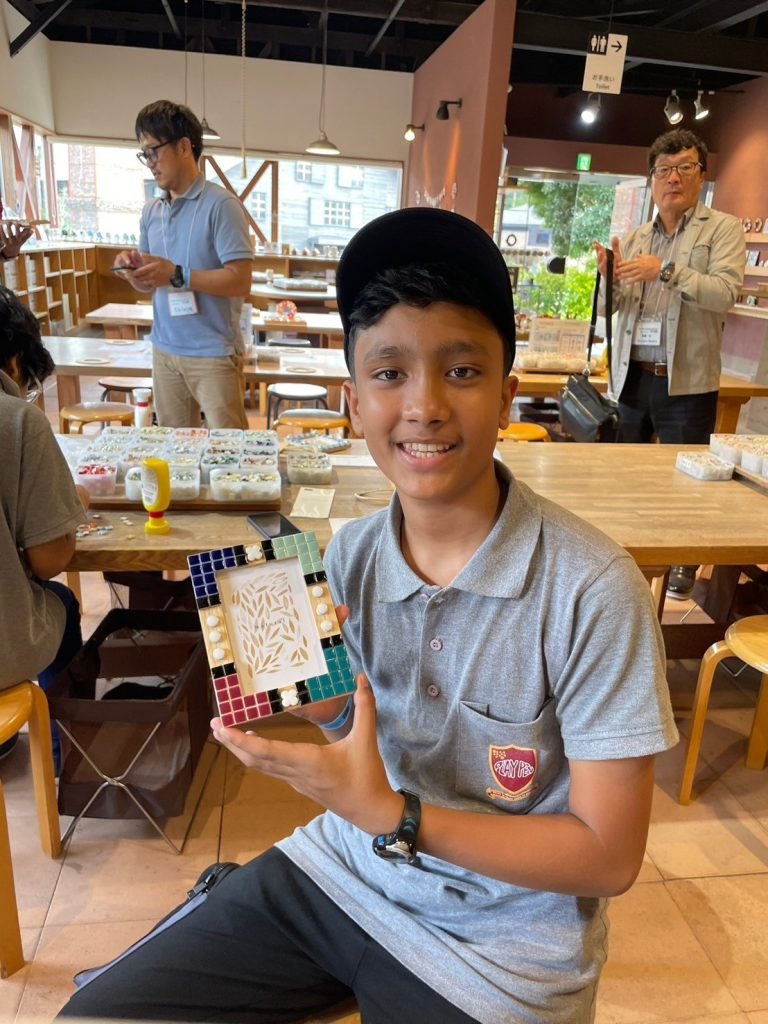
p
SEIKEI JUNIOR HIGH SCHOOL & NANRYO JUNIOR HIGH SCHOOL
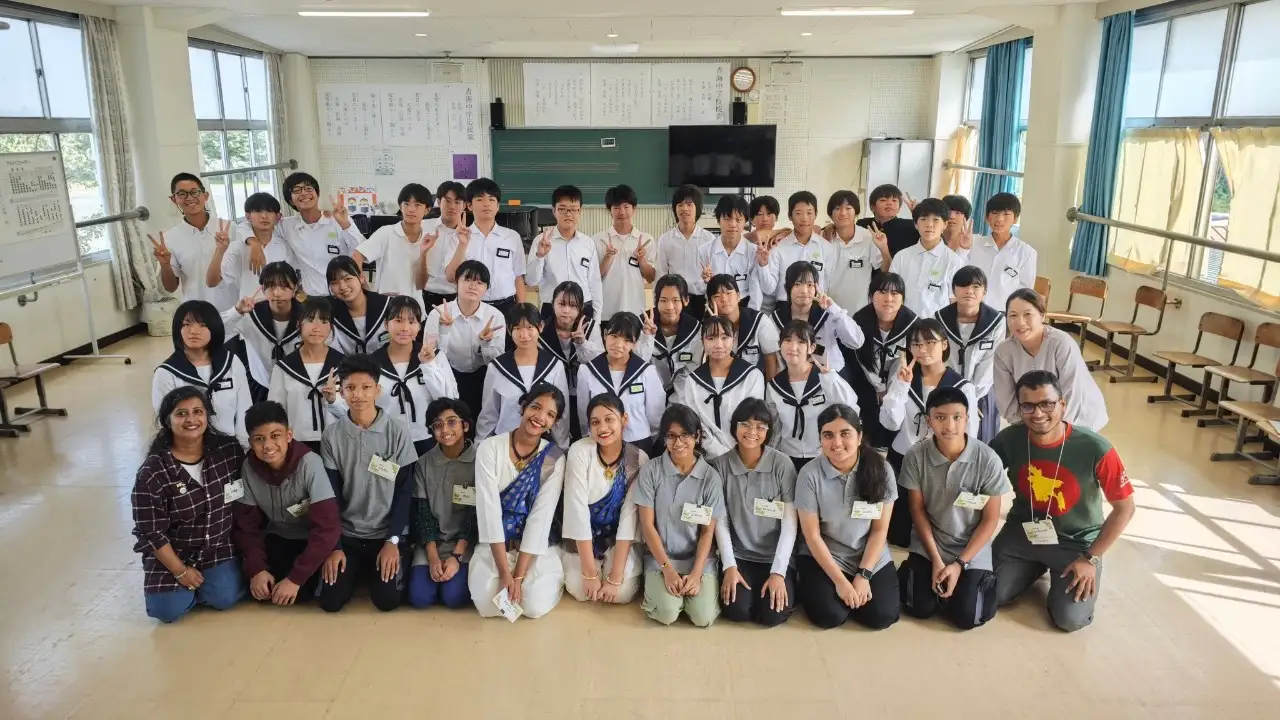
SEIKAI JUNIOR
Seikai Junior was the first school we exchanged with. Met up with the 8th graders and had fun conversations with them.
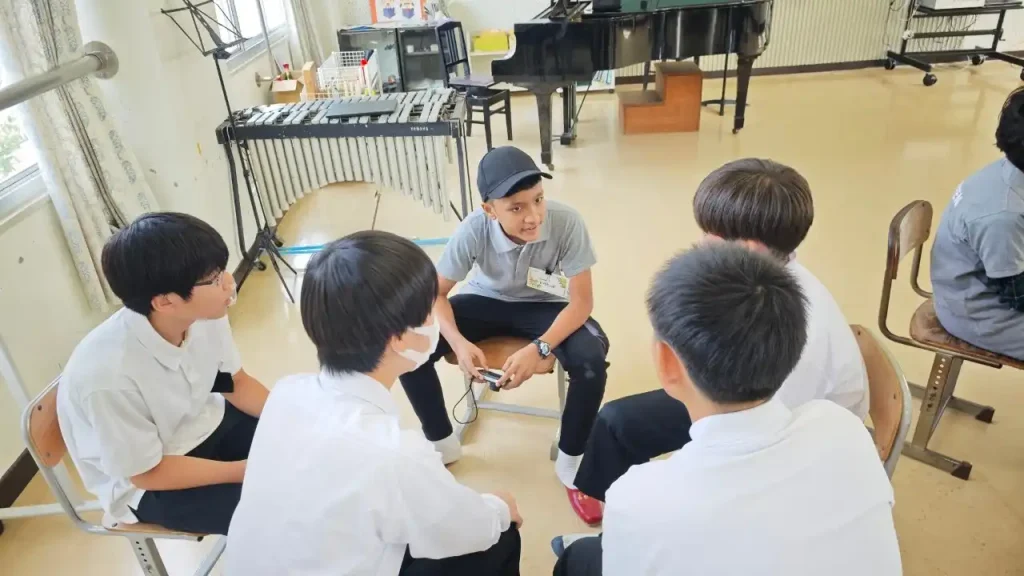

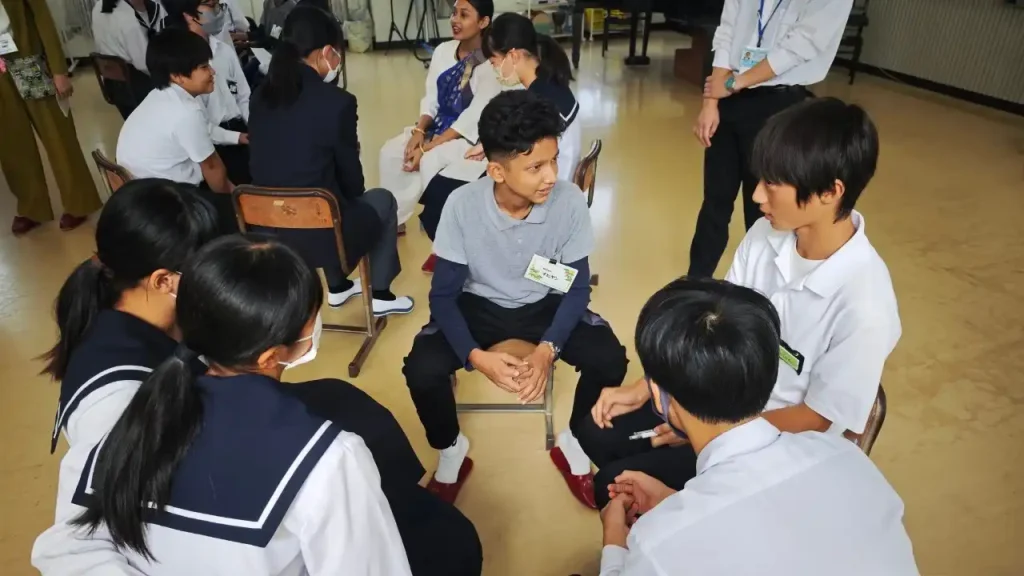
We also played a game with them!
- Were one person with a microphone says a description (e.g- people wearing glasses)
- the people that match the description get up from their chair run immediately to another seat along with the microphone person
- the person left out has the mic.

NANRYO JUNIOR
The school we visited after Seikai, they were so lively and fun! We also had conversations with them, in groups.
We also met our pen-pals! a few months before the selection of the 10 students and early in the program, all 20 students received letters from Japan and sent letters as well.

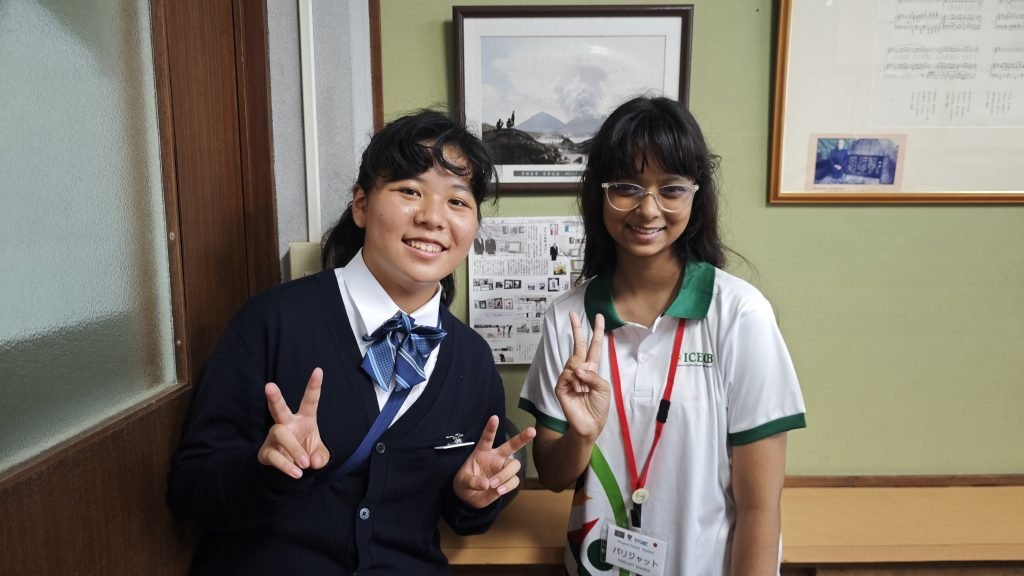
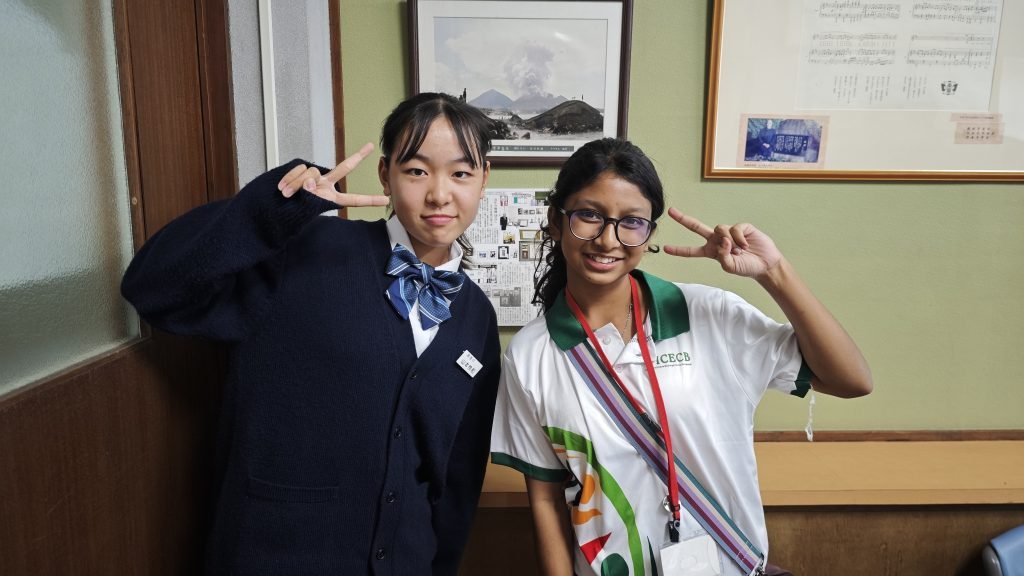
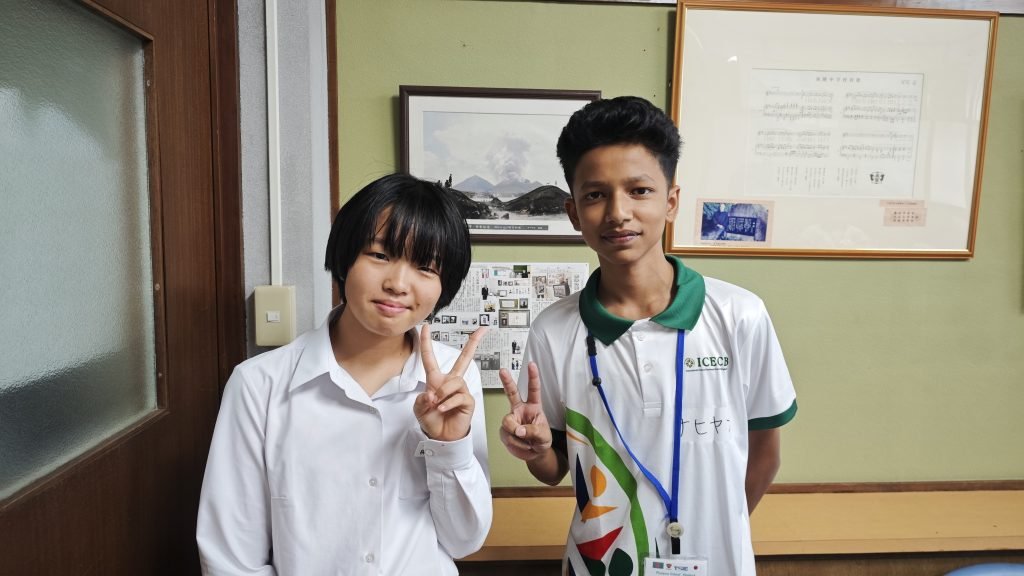
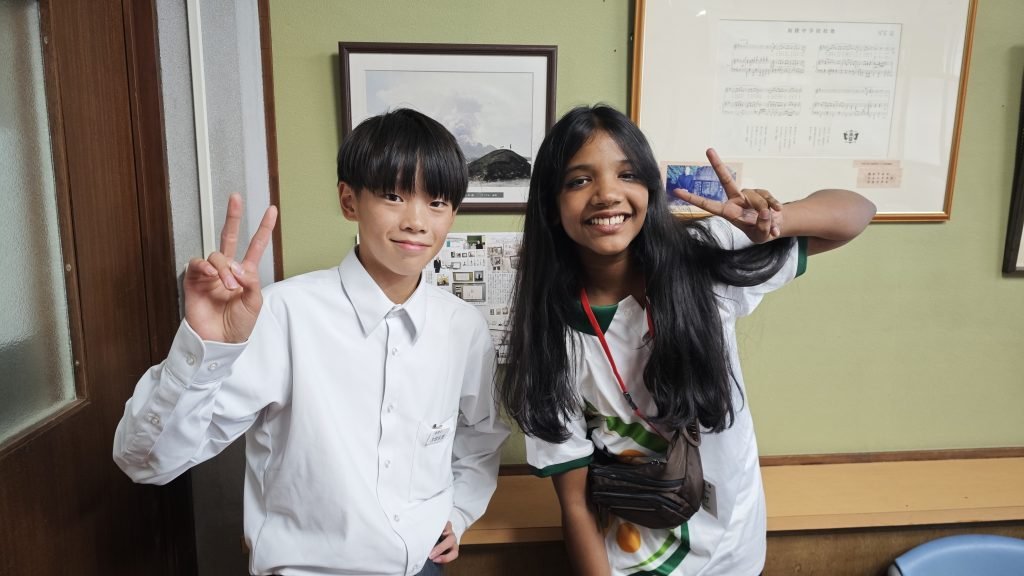
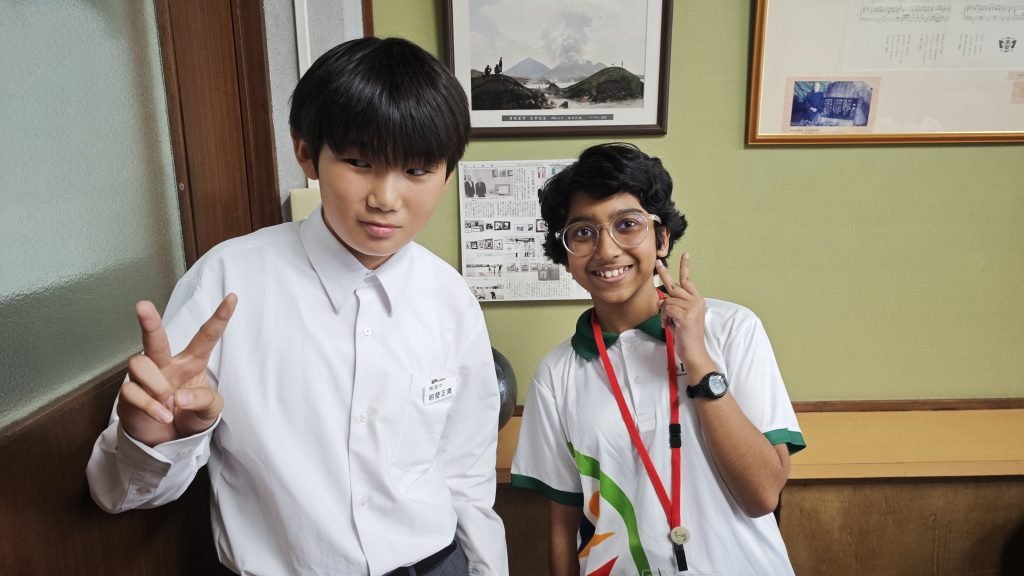
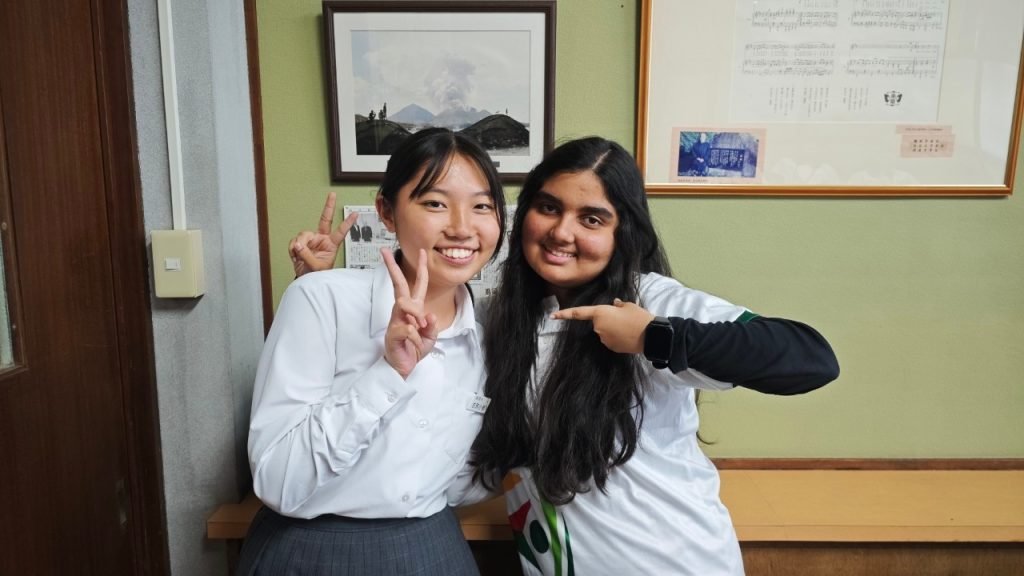
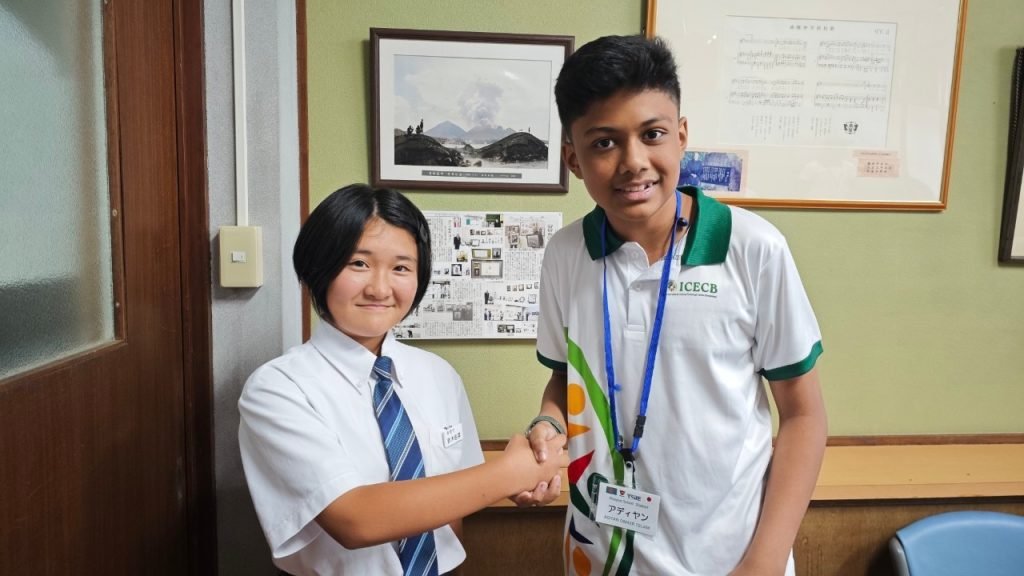

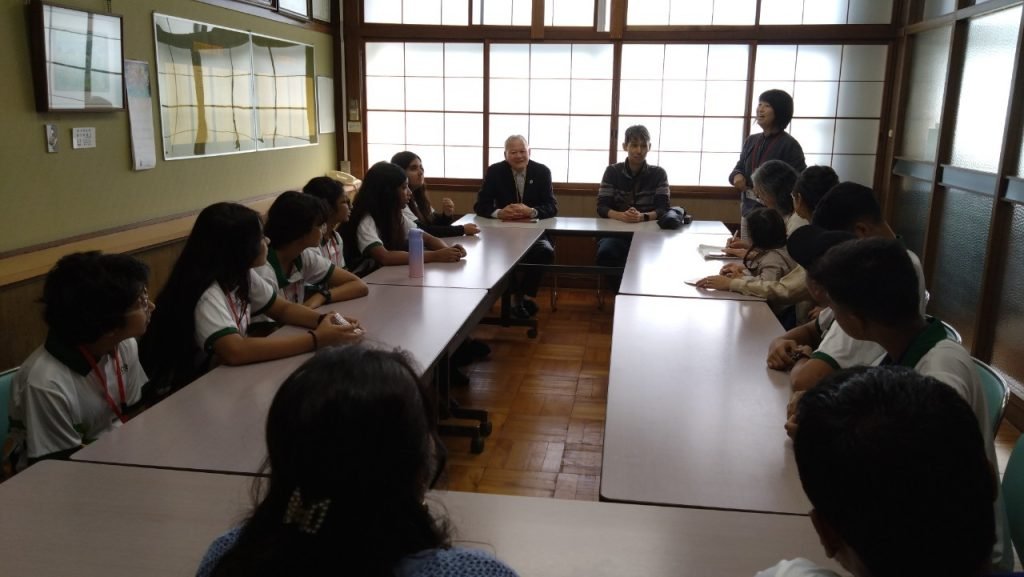
The principal was a sweet person, gave us a tour of the whole school, and we played football outside.
LIXIL ENOKIDO FACTORY
We visited the LIXIL Enokido Factory, situated in Tokoname, Aichi Prefecture, Japan, is a major manufacturing facility for LIXIL Corporation. It primarily produces sanitary ceramic products, including Western-style toilets, tanks, washbasins, handwashing sinks, and urinals. The factory has been in operation since 1970, following the relocation of production from the company’s original headquarters near Tokoname Station.
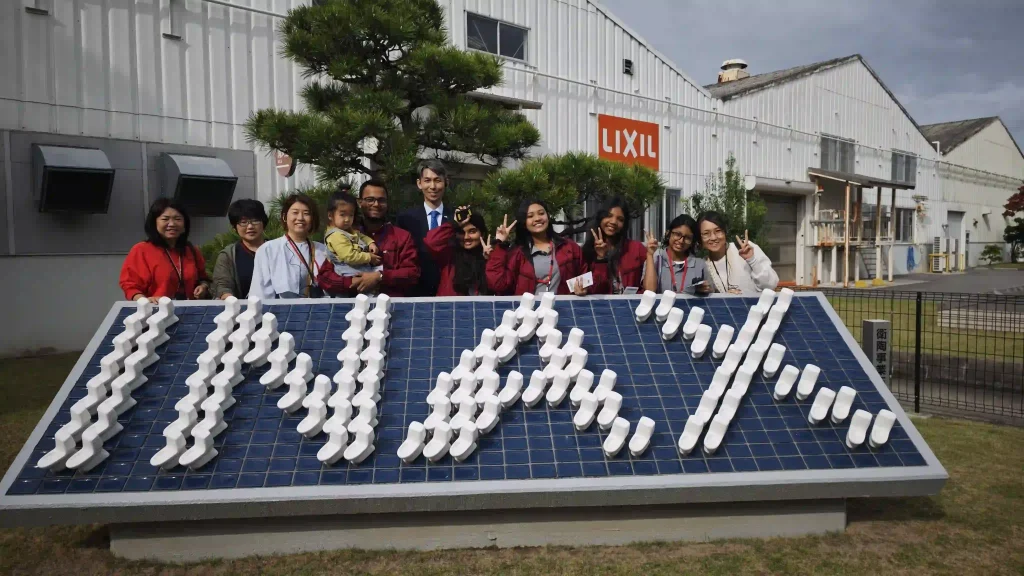
Inside the LIXIL Enokido Factory, the production process is a seamless blend of automation and skilled craftsmanship, ensuring the highest quality standards for sanitary ceramic products. The factory is equipped with advanced machinery, including robotic arms for precision molding and glazing, as well as automated conveyor systems that transport products through various stages of production.
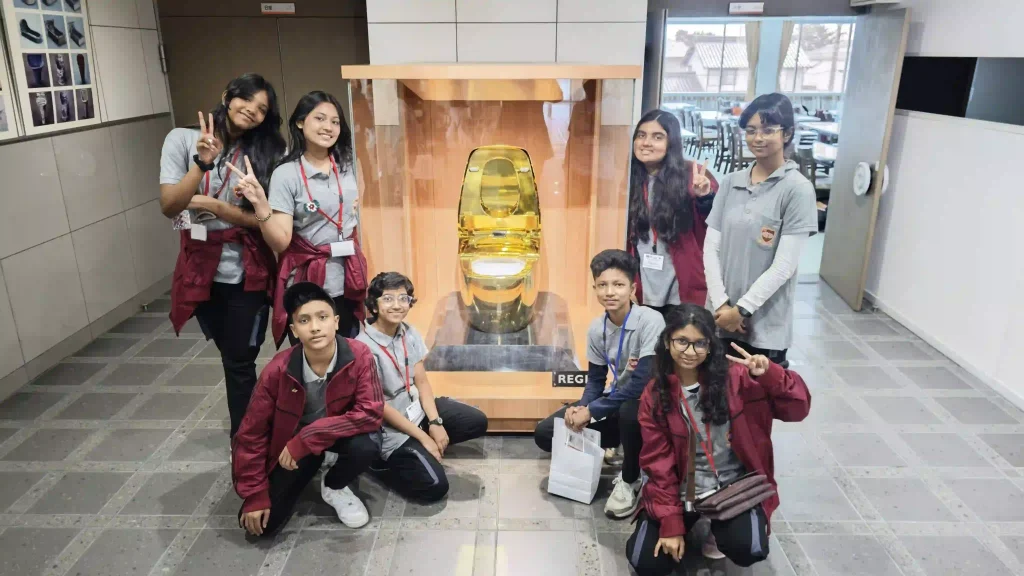
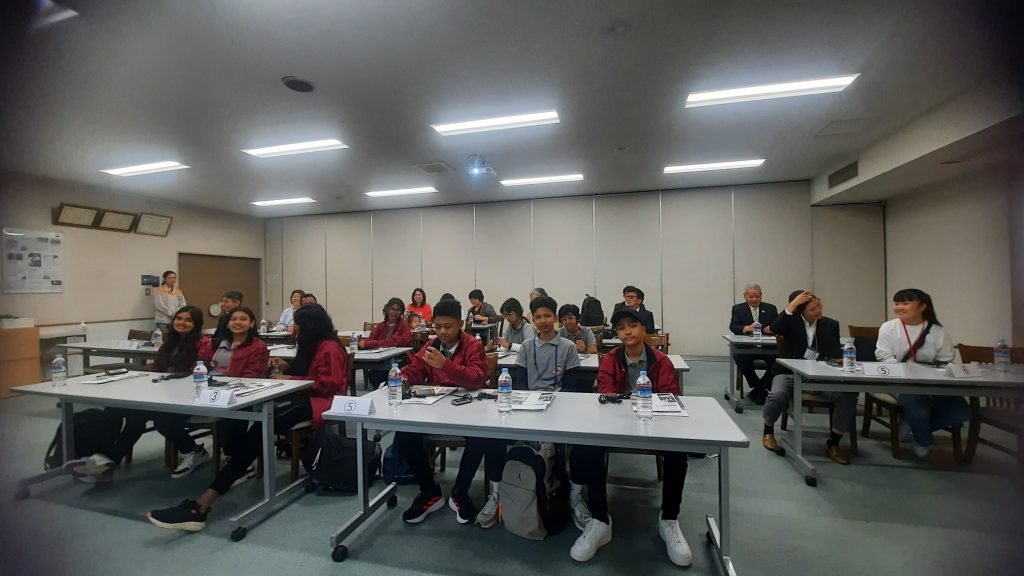
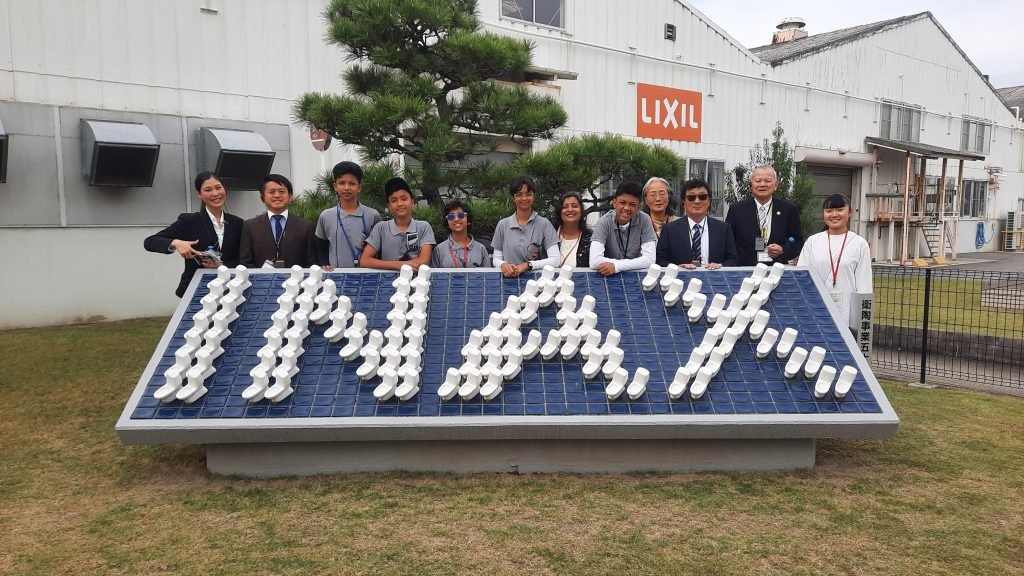
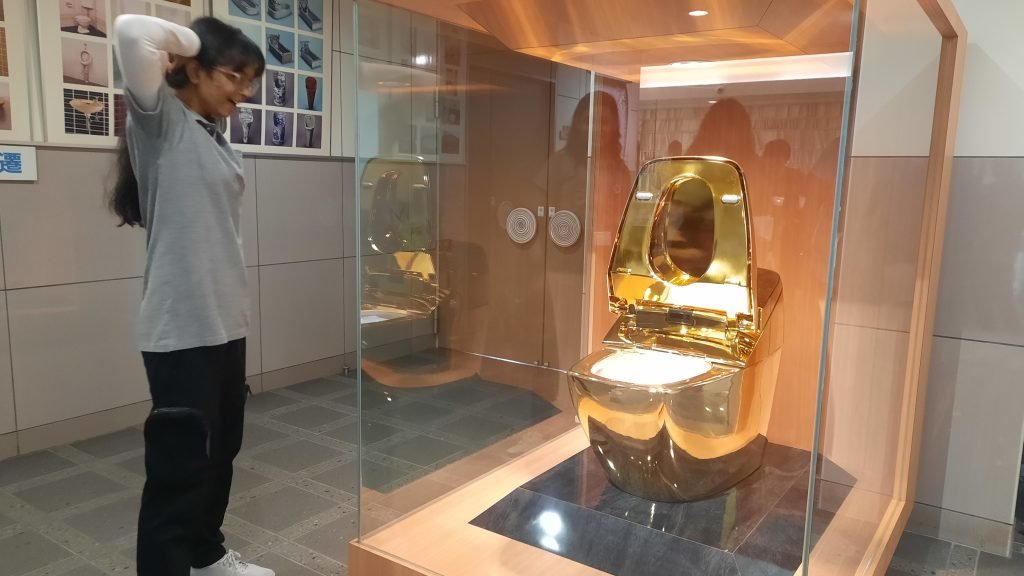
TOKONAME POTTERY FOOTPATH
The Tokoname Pottery Footpath is a scenic walking trail in Tokoname, Aichi Prefecture, that showcases the town’s rich history of ceramic craftsmanship. Tokoname is one of Japan’s Six Ancient Kilns, and this footpath takes visitors through its traditional pottery district, passing by old kilns, climbing kilns, pottery studios, galleries, and charming streets lined with ceramic walls.
The most famous section of the path features walls made from discarded pottery, including old shochu bottles, ceramic pipes, and clay rings, creating a unique and artistic atmosphere. Along the route, visitors can explore workshops where local artisans create Tokoname-yaki (Tokoname ware), a style of pottery known for its deep red hue due to the region’s iron-rich clay.


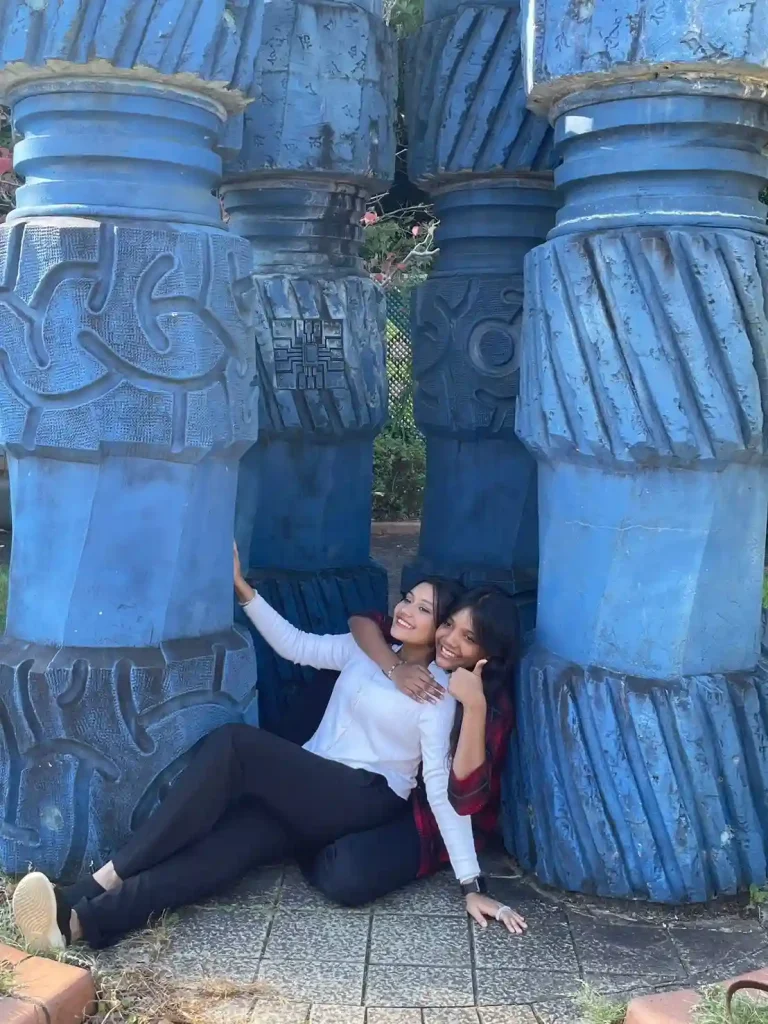
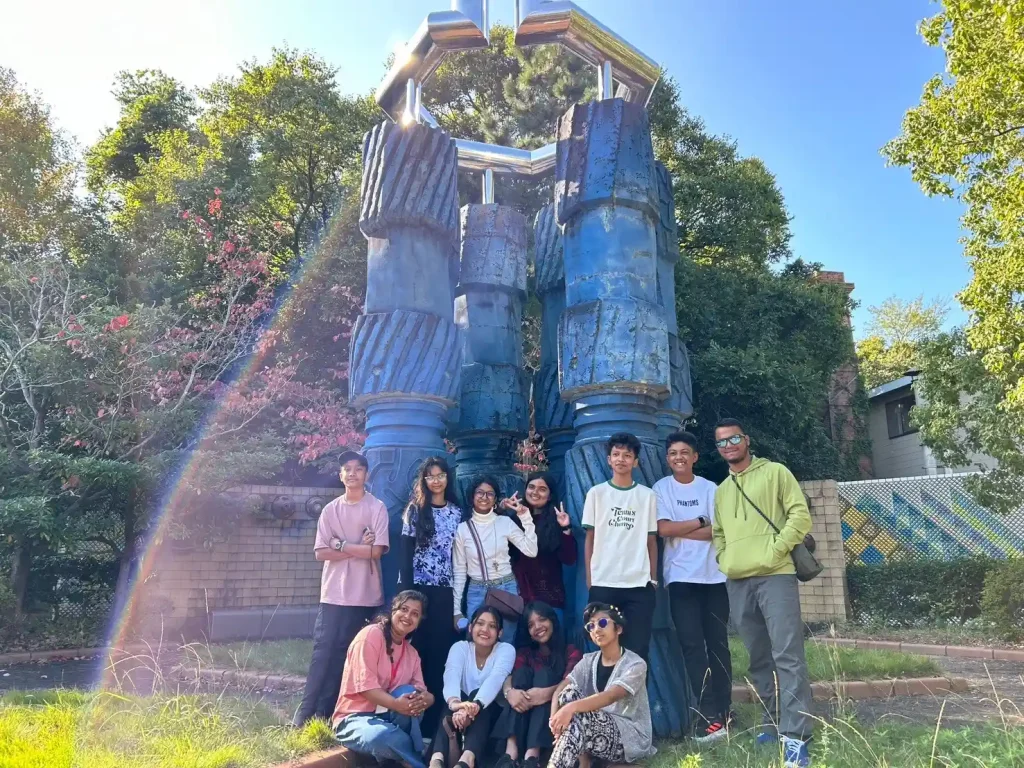
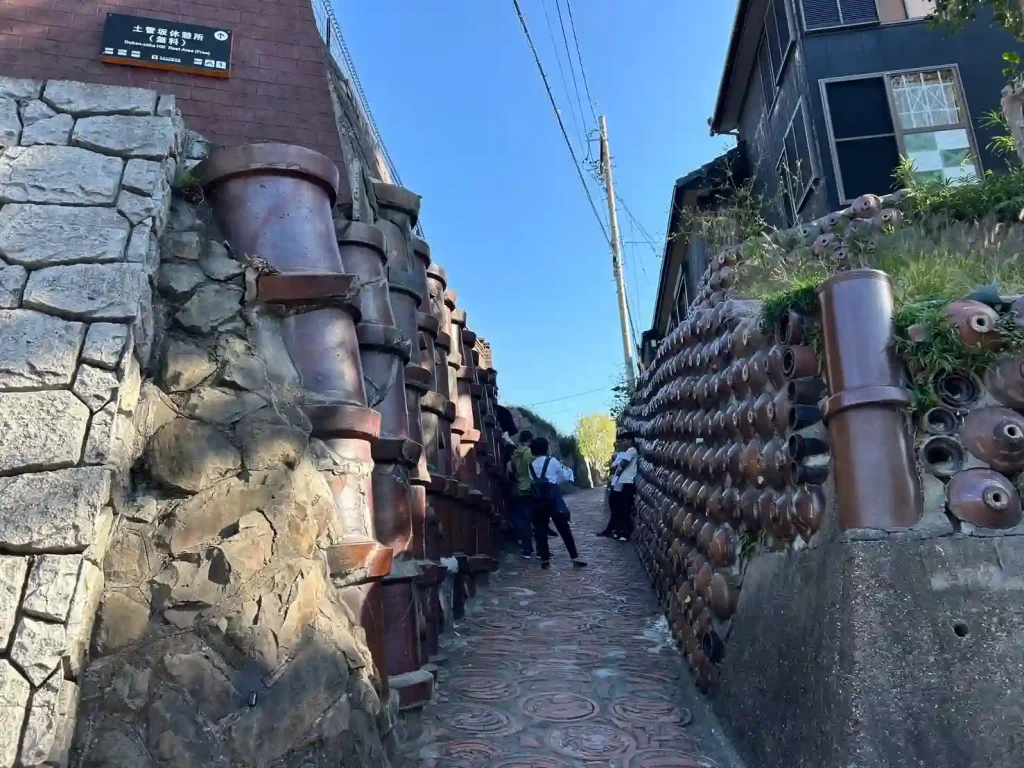
The footpath has two main routes:
- Course B (Approx. 4 km) – A longer route that extends into more pottery studios and lesser-known historical sites.
- Course A (Approx. 1.6 km) – A shorter loop featuring key pottery sights, including the Dokanzaka (Clay Pipe Hill) and the Tokoname Tōen (Pottery Shrine).
A video that fully summarizes our visit to the pottery footpath!:
FLOAT FESTIVAL IN TOKONAME CITY
Float festivals, known as dashi matsuri (山車祭り) in Japan, are vibrant traditional events featuring large, elaborately decorated festival floats. These festivals are held across the country, often in connection with Shinto shrines, and are a major part of local cultural heritage

c
We paraded around the area in our traditional and national wear, the Sari of Bangladesh, holding Mikoshis, a portable shrine on our shoulder.
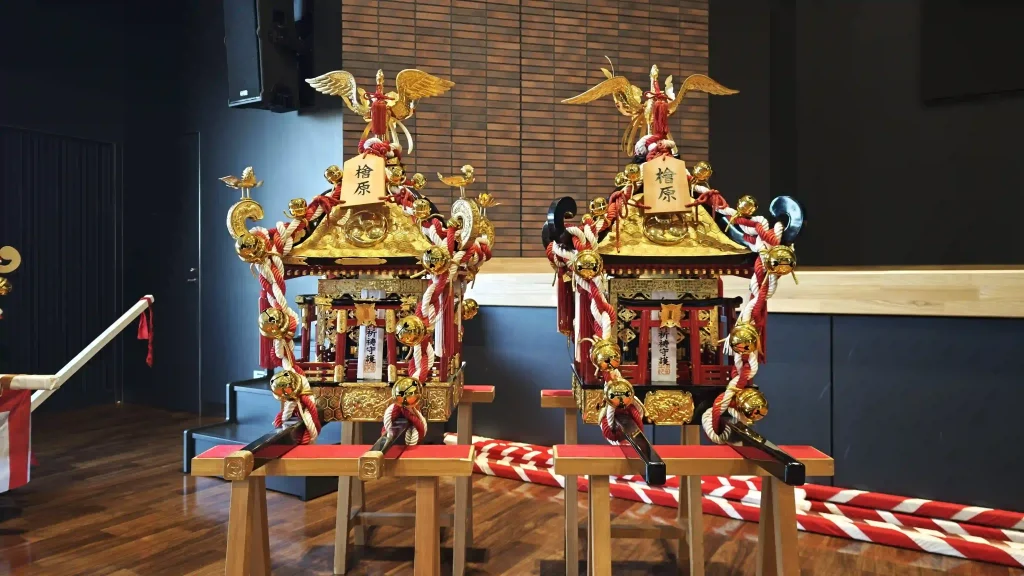
We tried the giant Japanese drums called O-daiko
igy
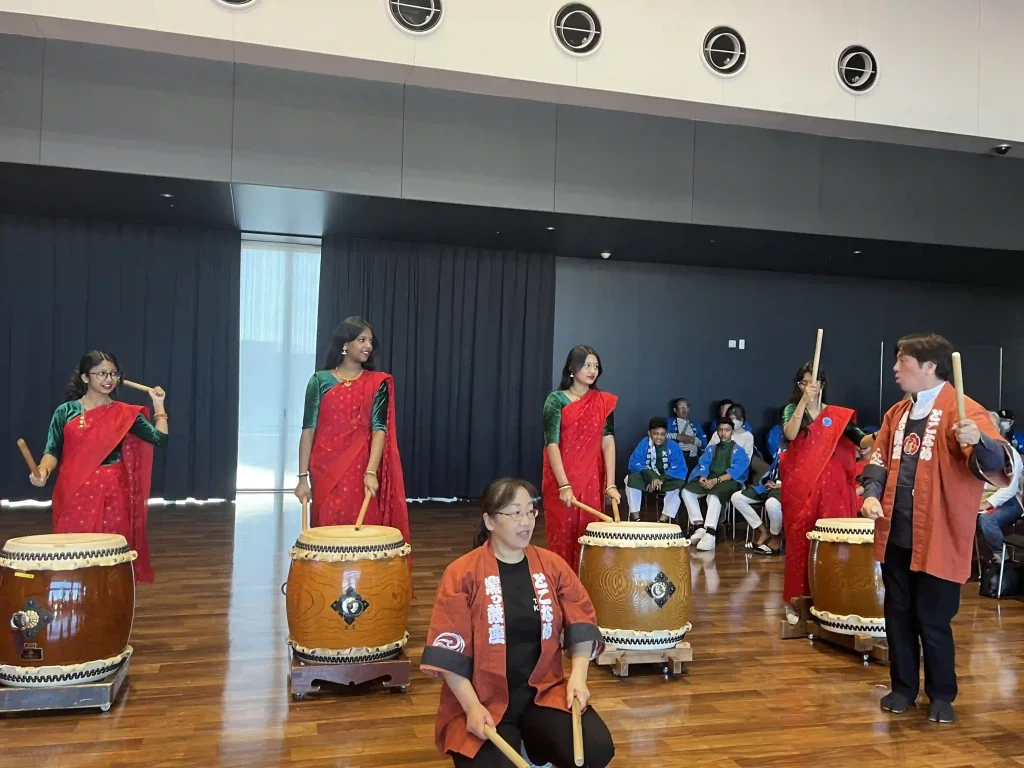
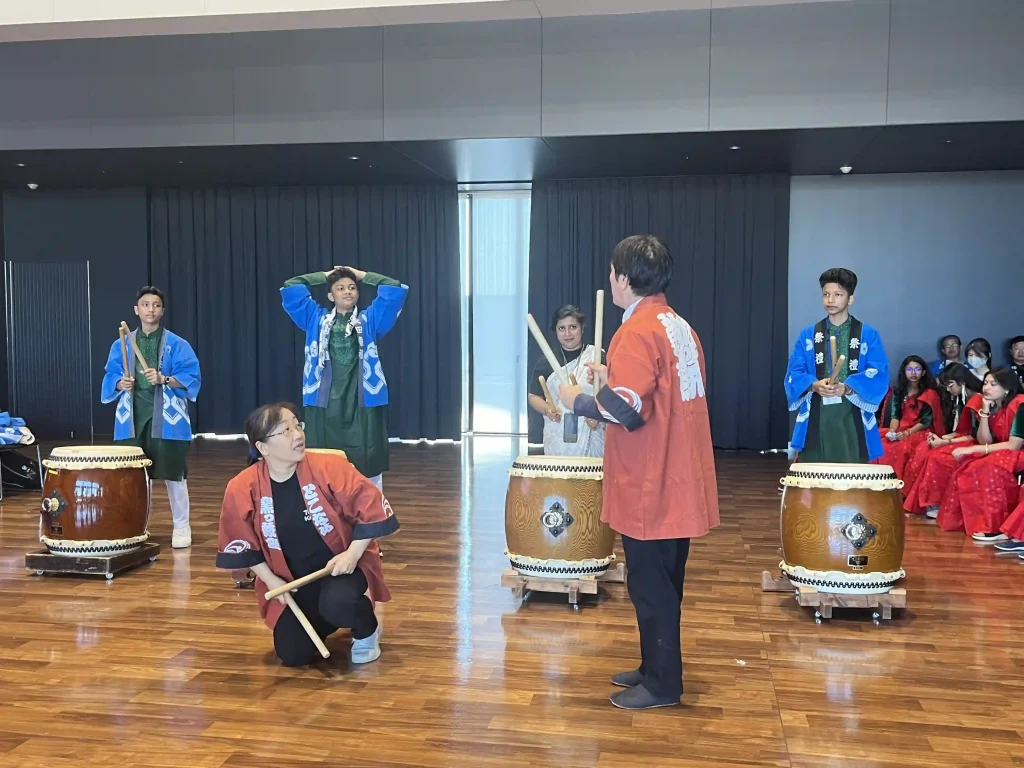
And tried Japanese street food to our stomach’s content
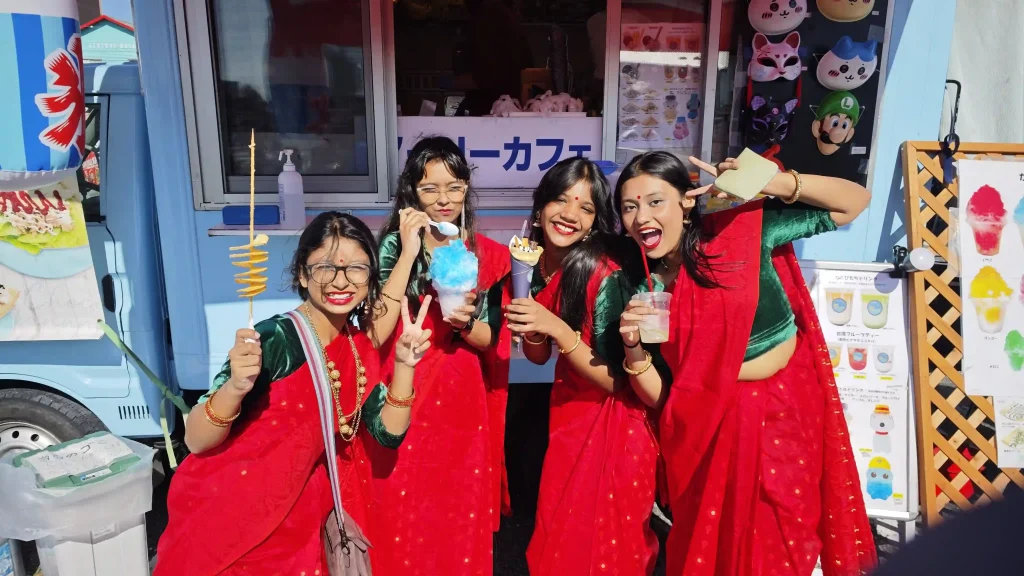

TOYOTA MUSEUM
One of the coolest museum we’ve visited, actually, in MY opinion, it IS the coolest by far.

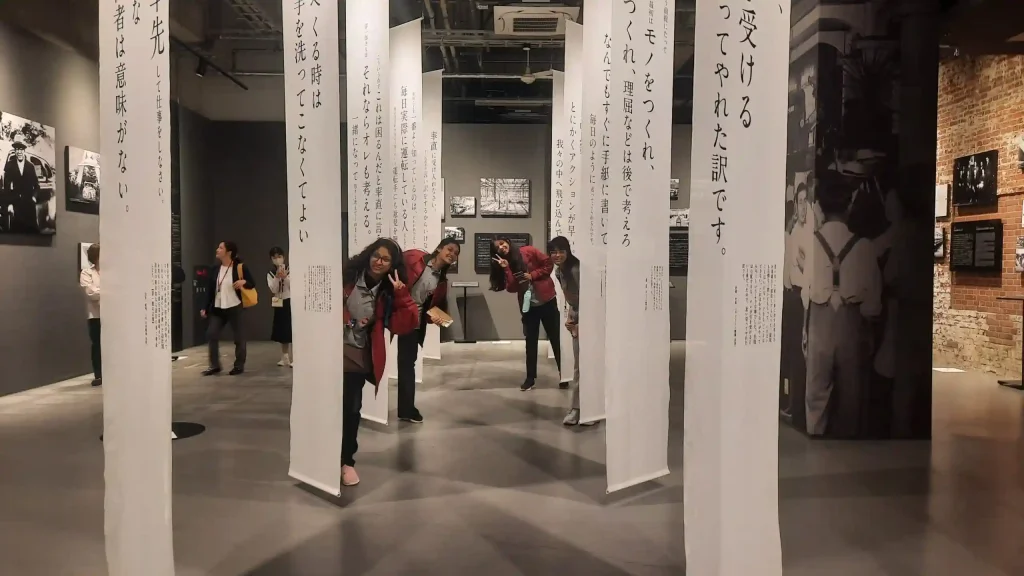




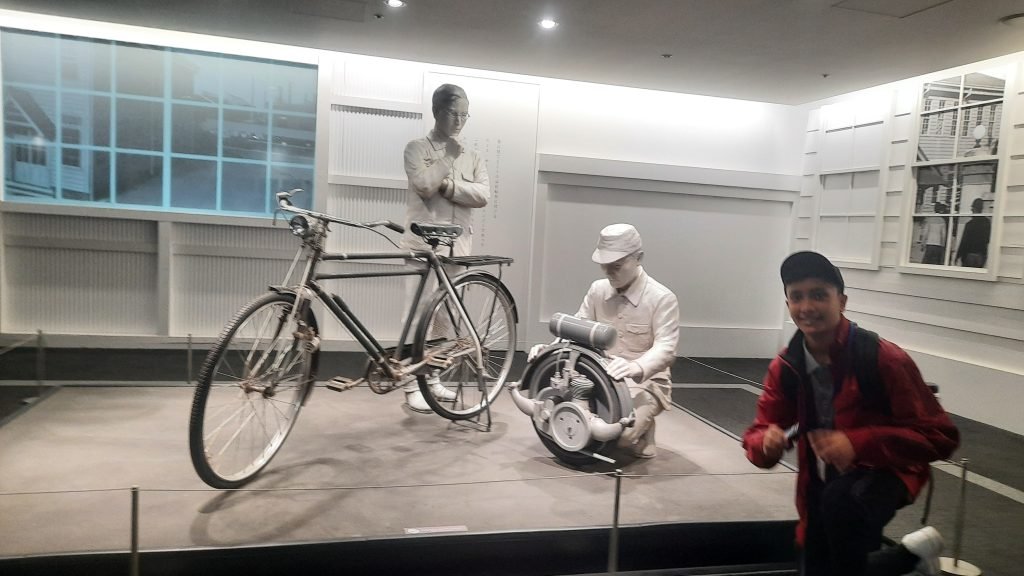
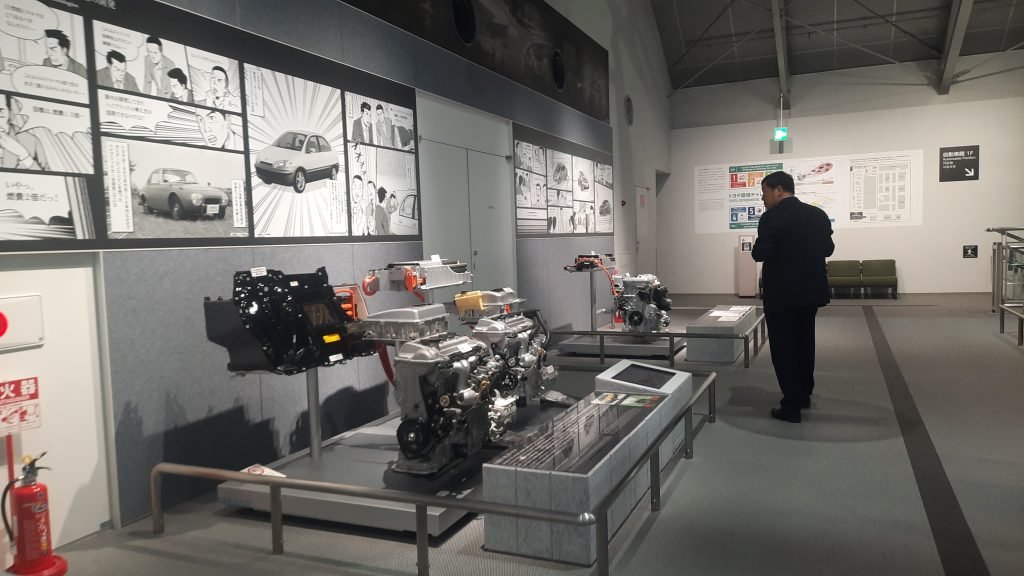
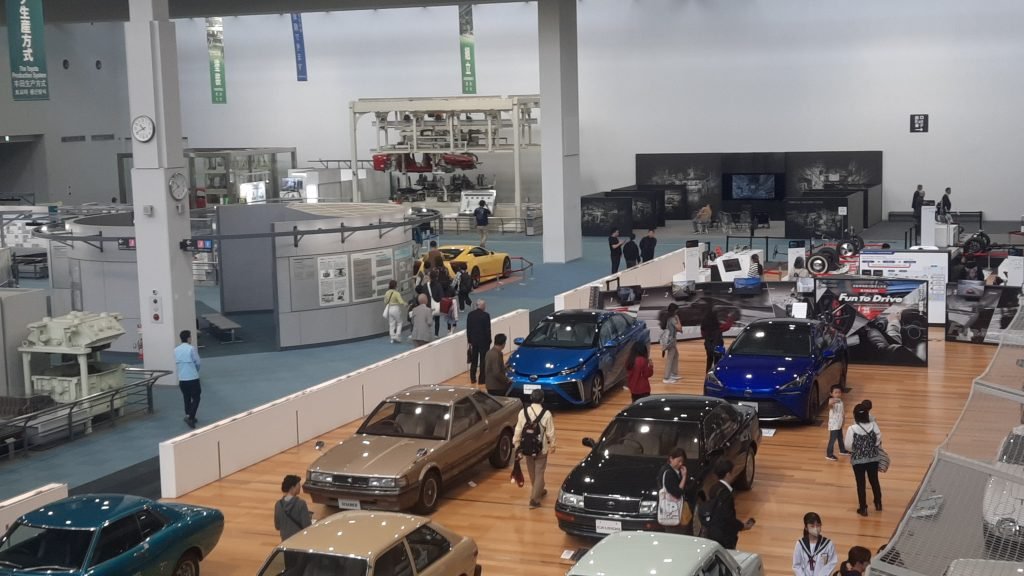
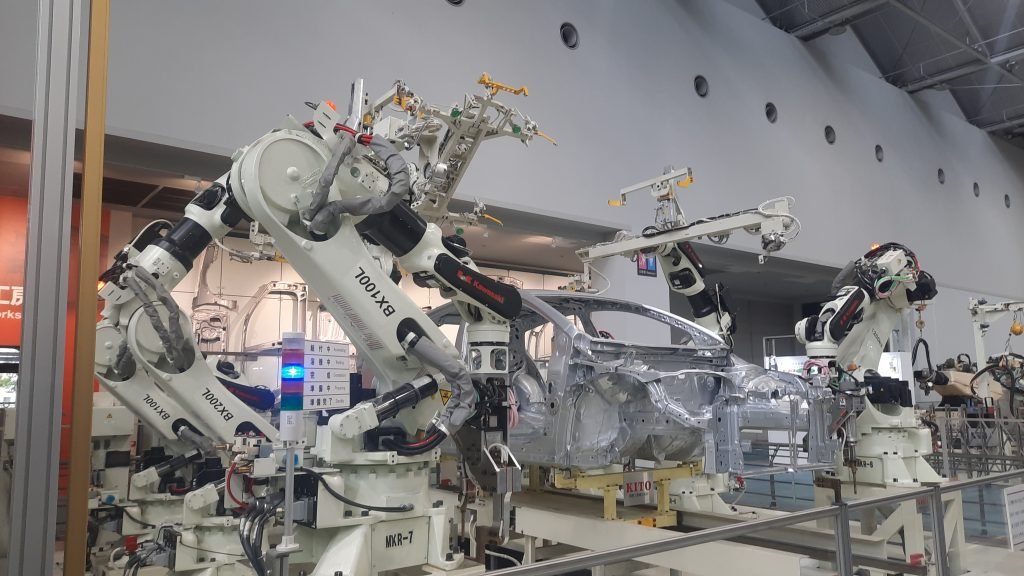
KIMONO TRYOUT!
We tried traditional Japanese kimono! This whole section will be pictures so feast your eyes!

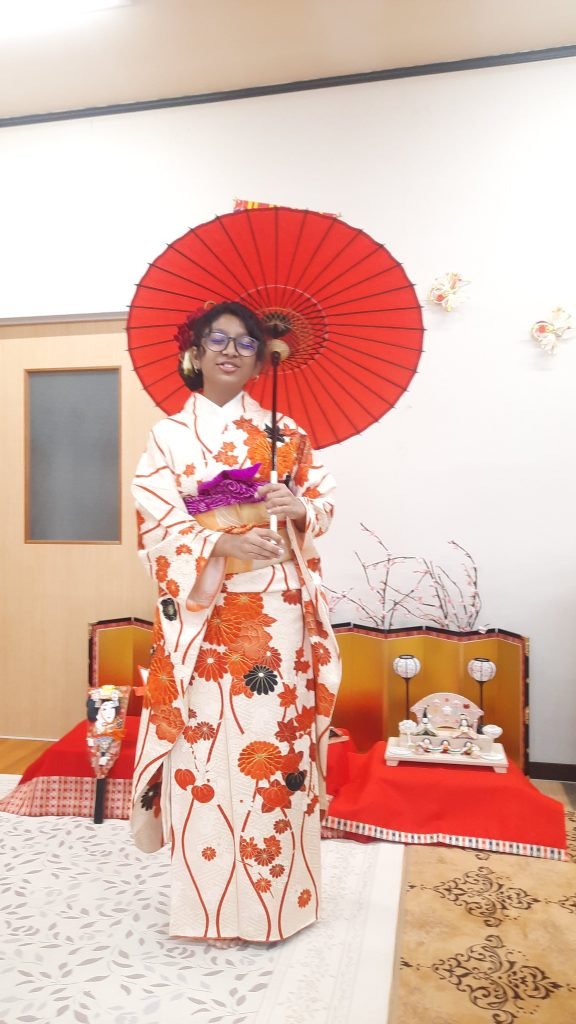
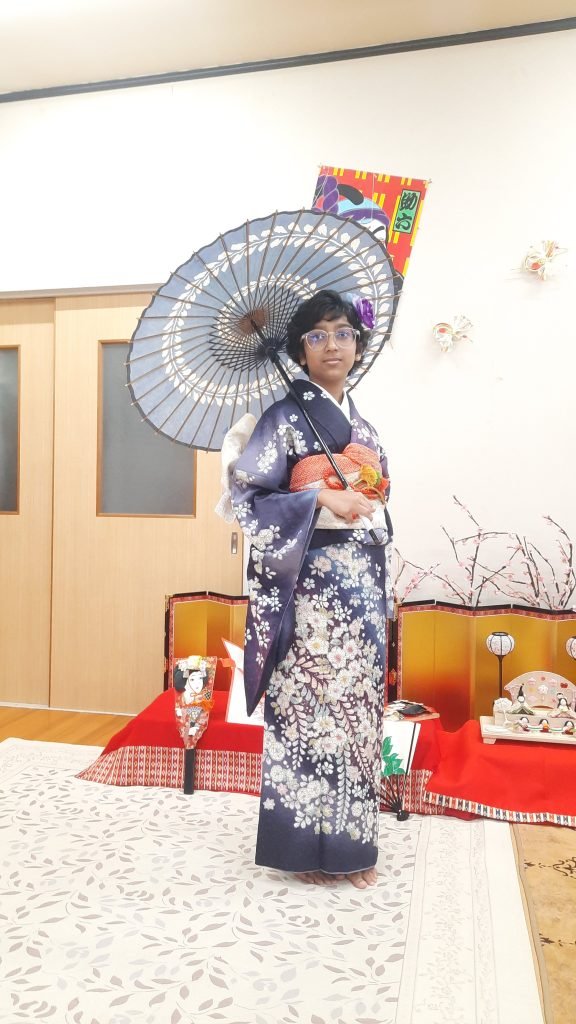
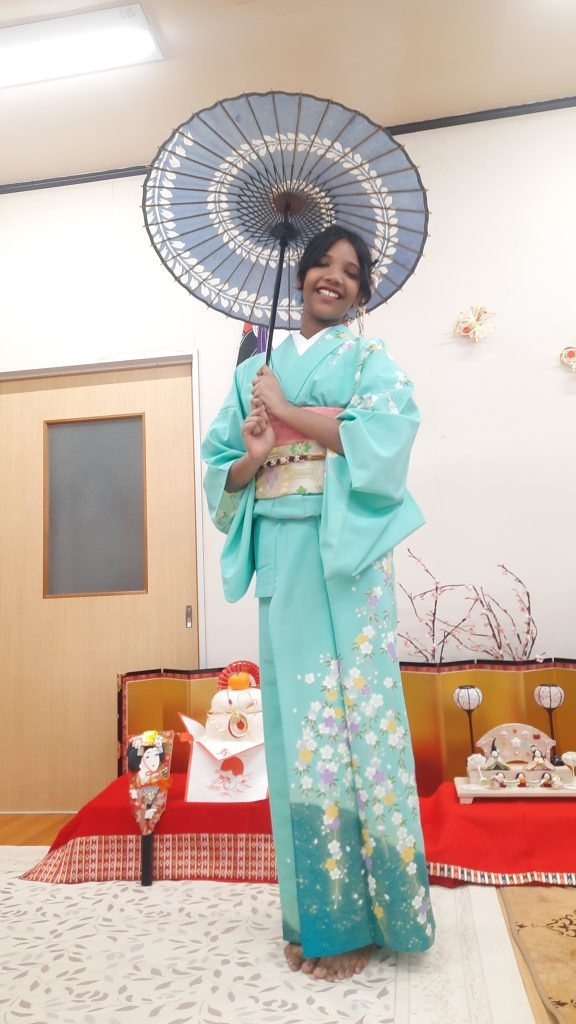
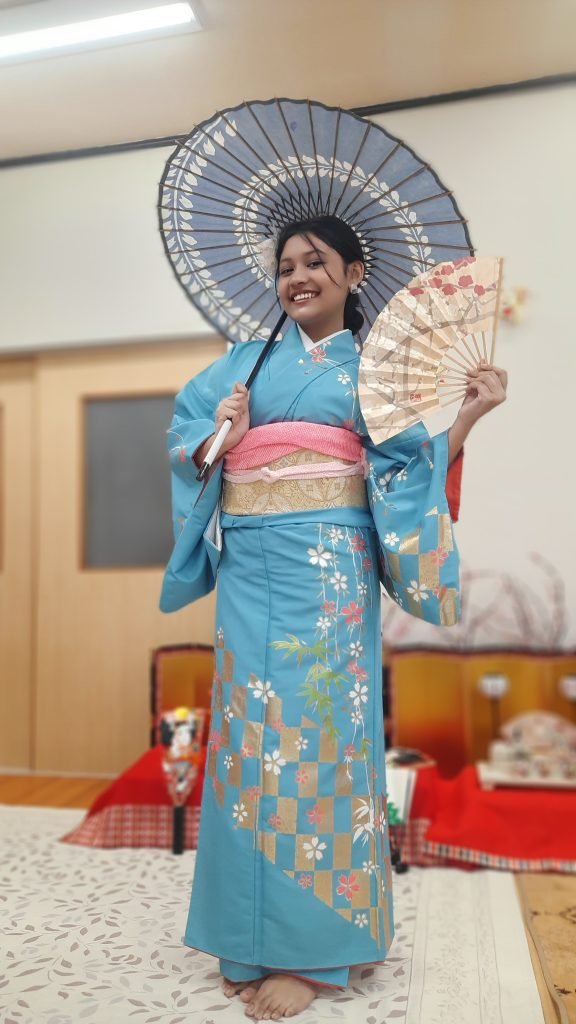
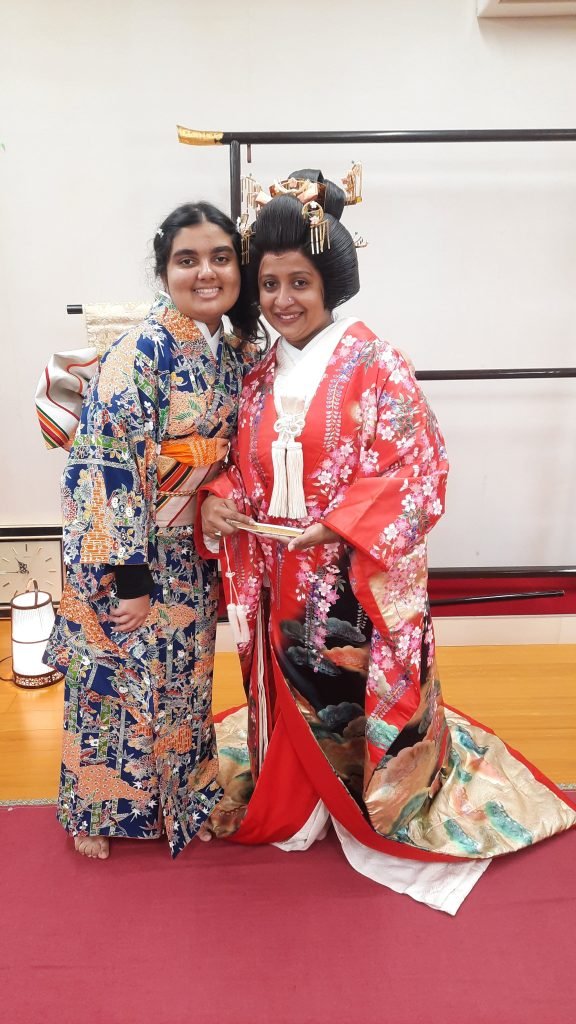
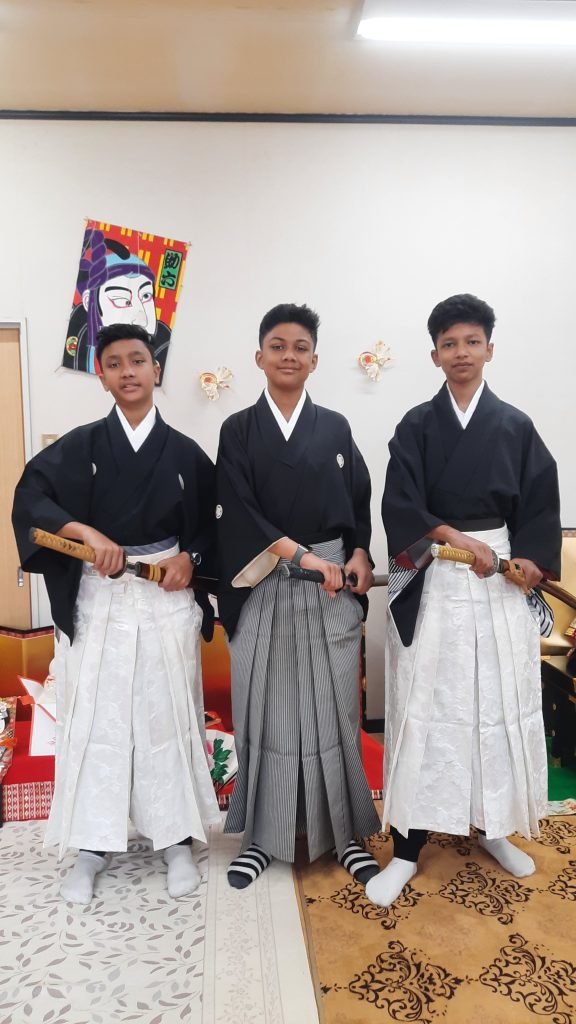
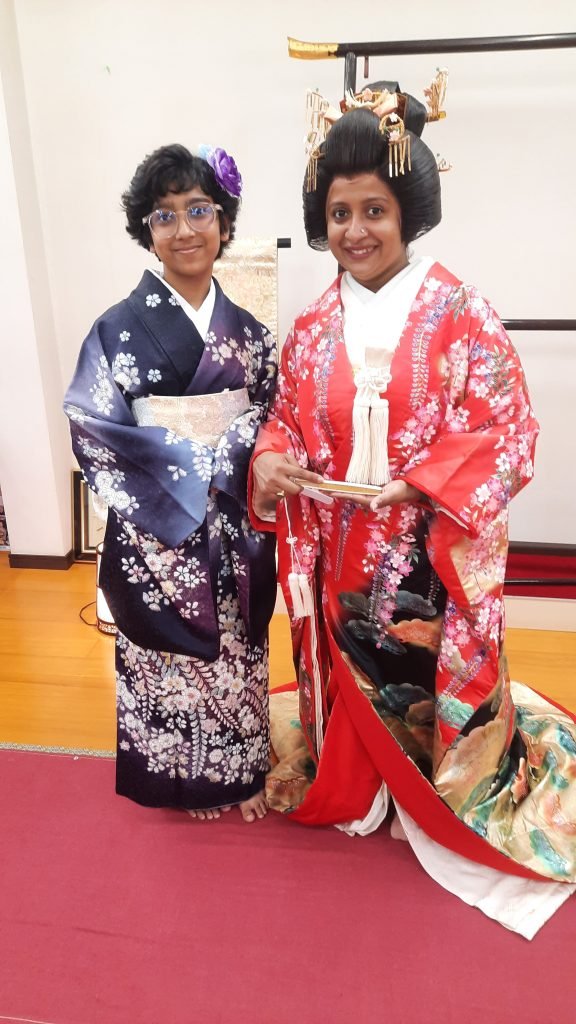
MORE FROM PUBLIC MEDIA!
Unfortunately, this blog does not cover every moment, and event.
BUT THIS VIDEO BELOW DOES
RTV NEWS ABOUT OUR EXCHANGE PROGRAM :
https://www.facebook.com/share/v/19xLU2mmZq/?mibextid=wwXIfr

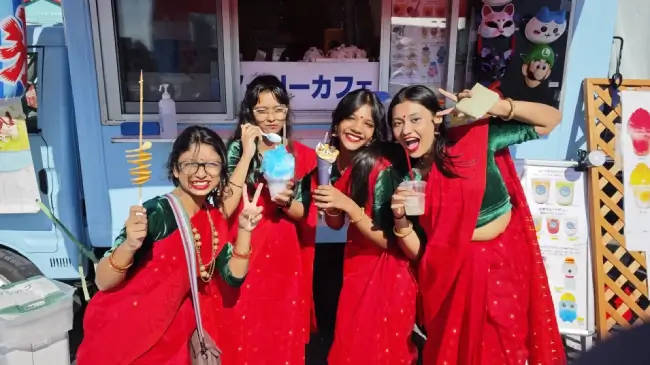

One Response
wow, amazing trip!